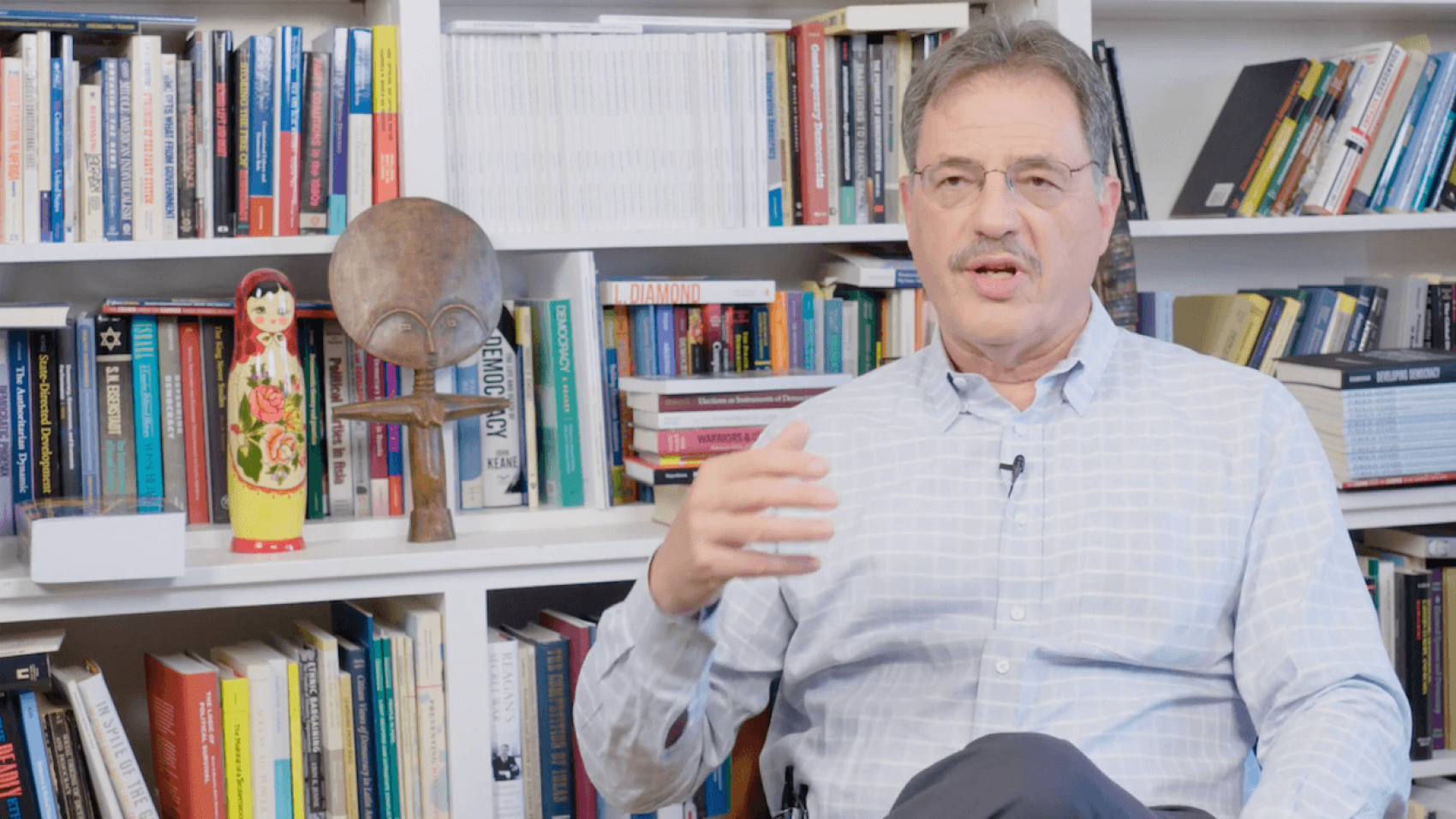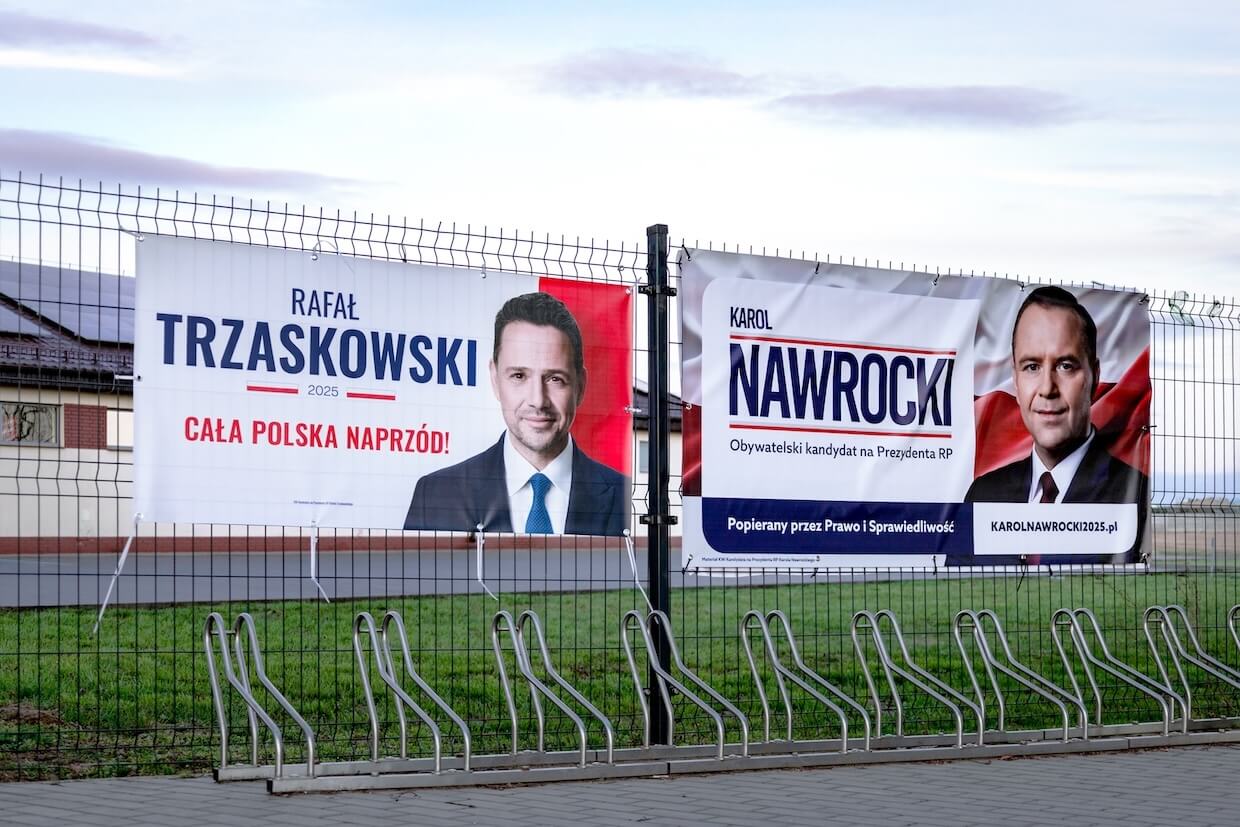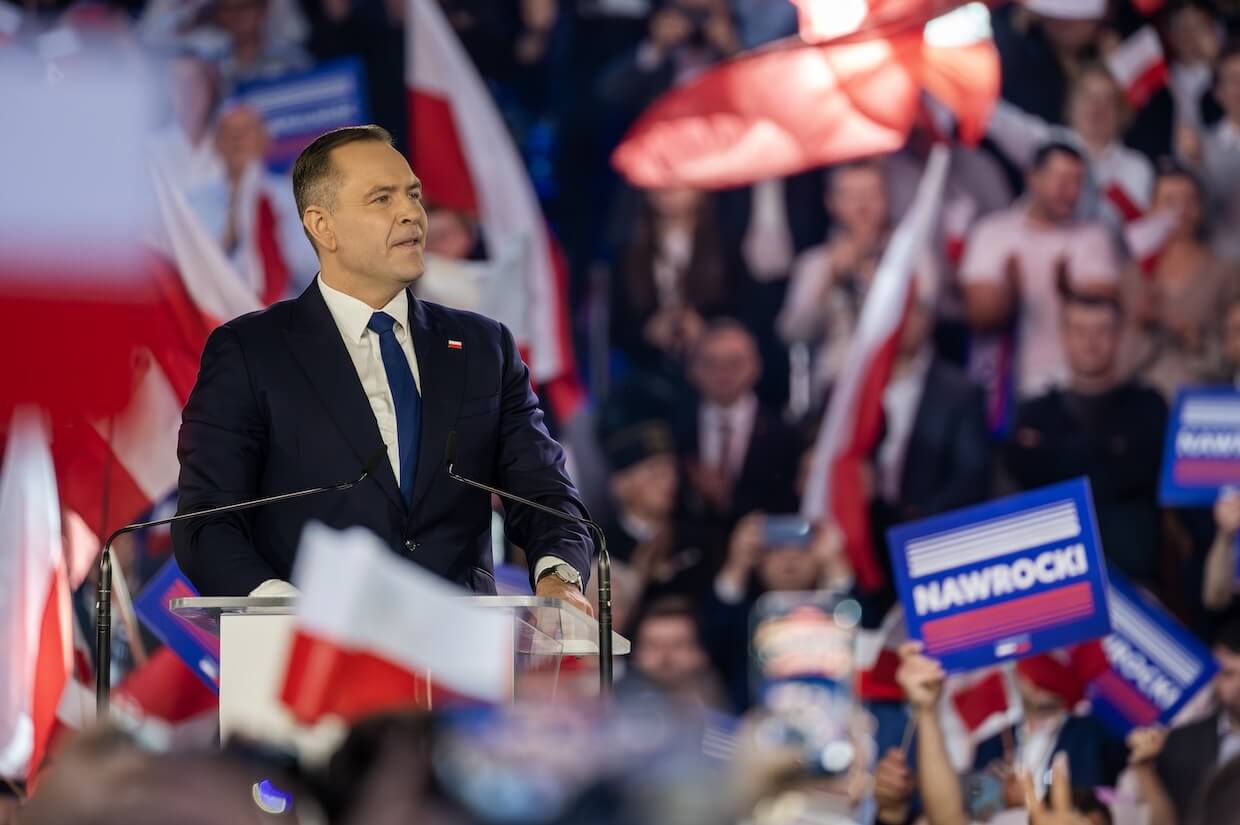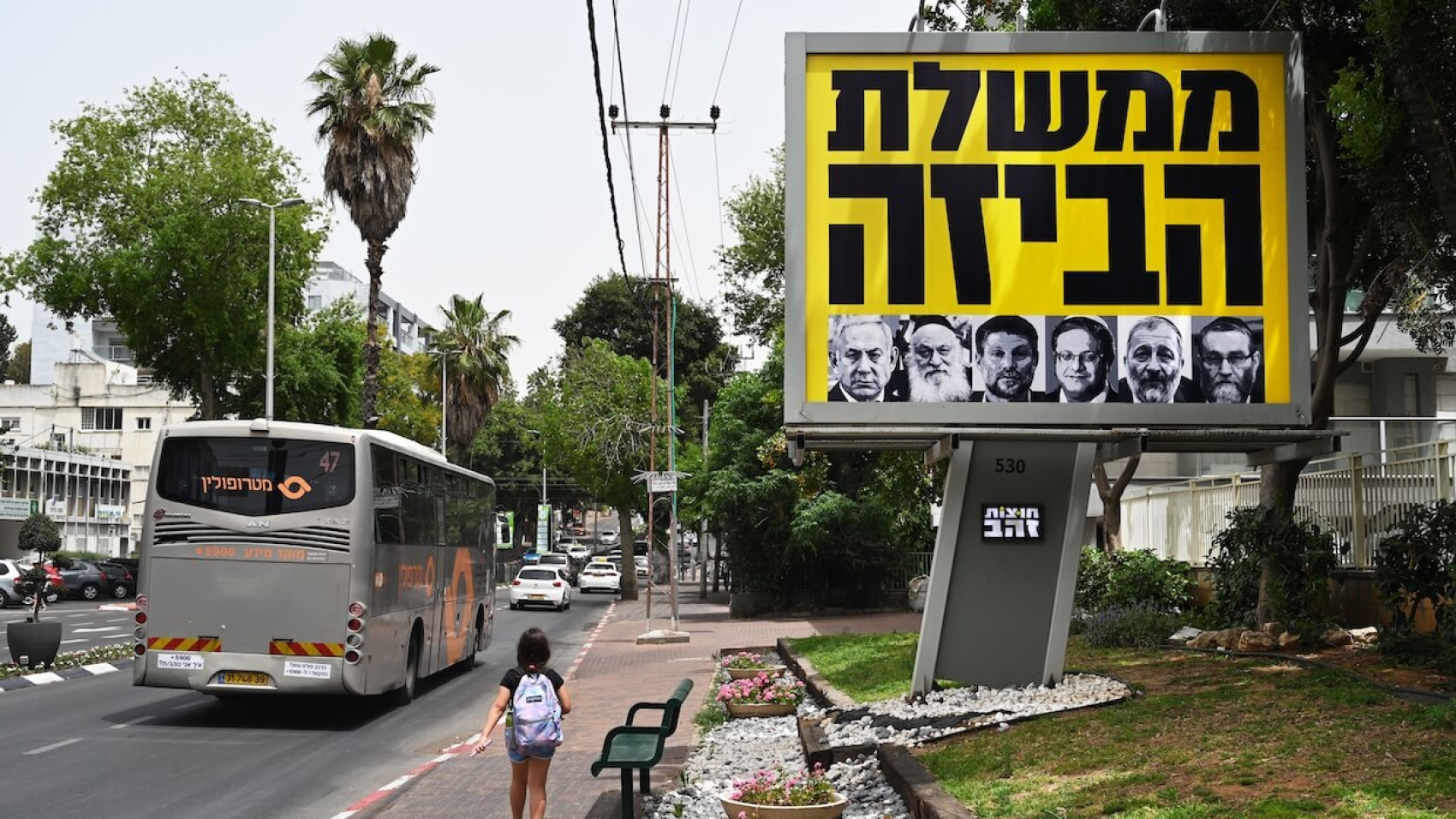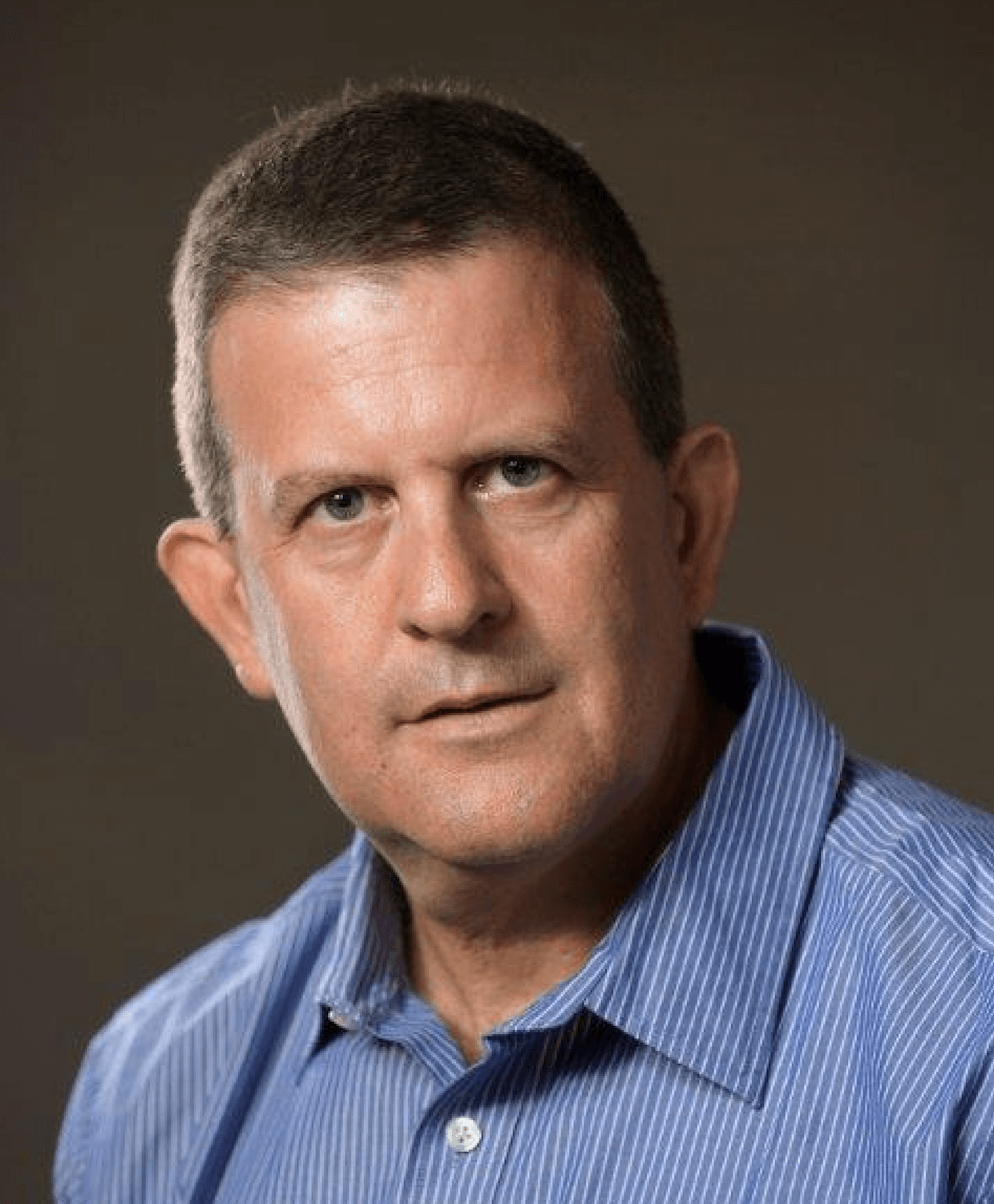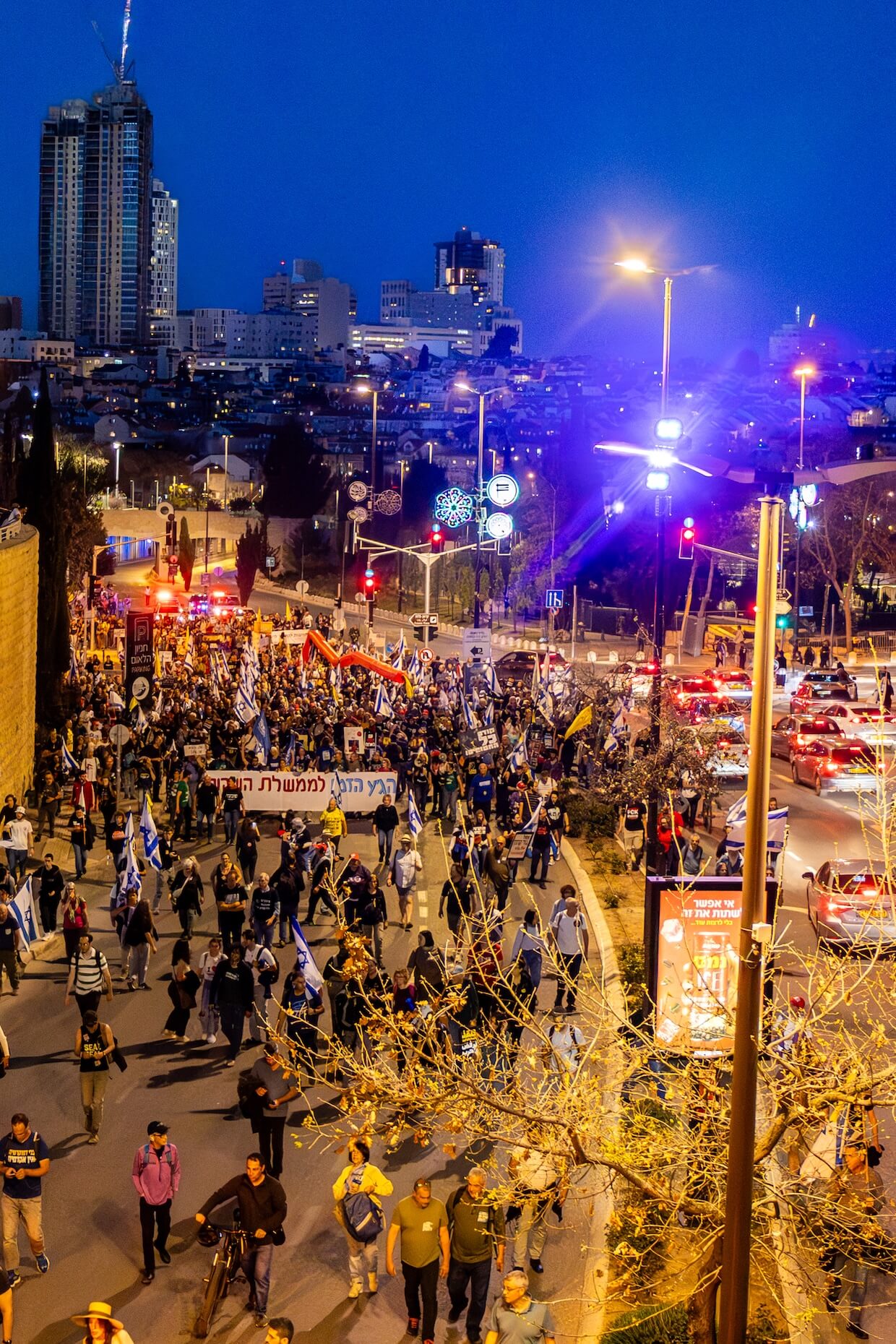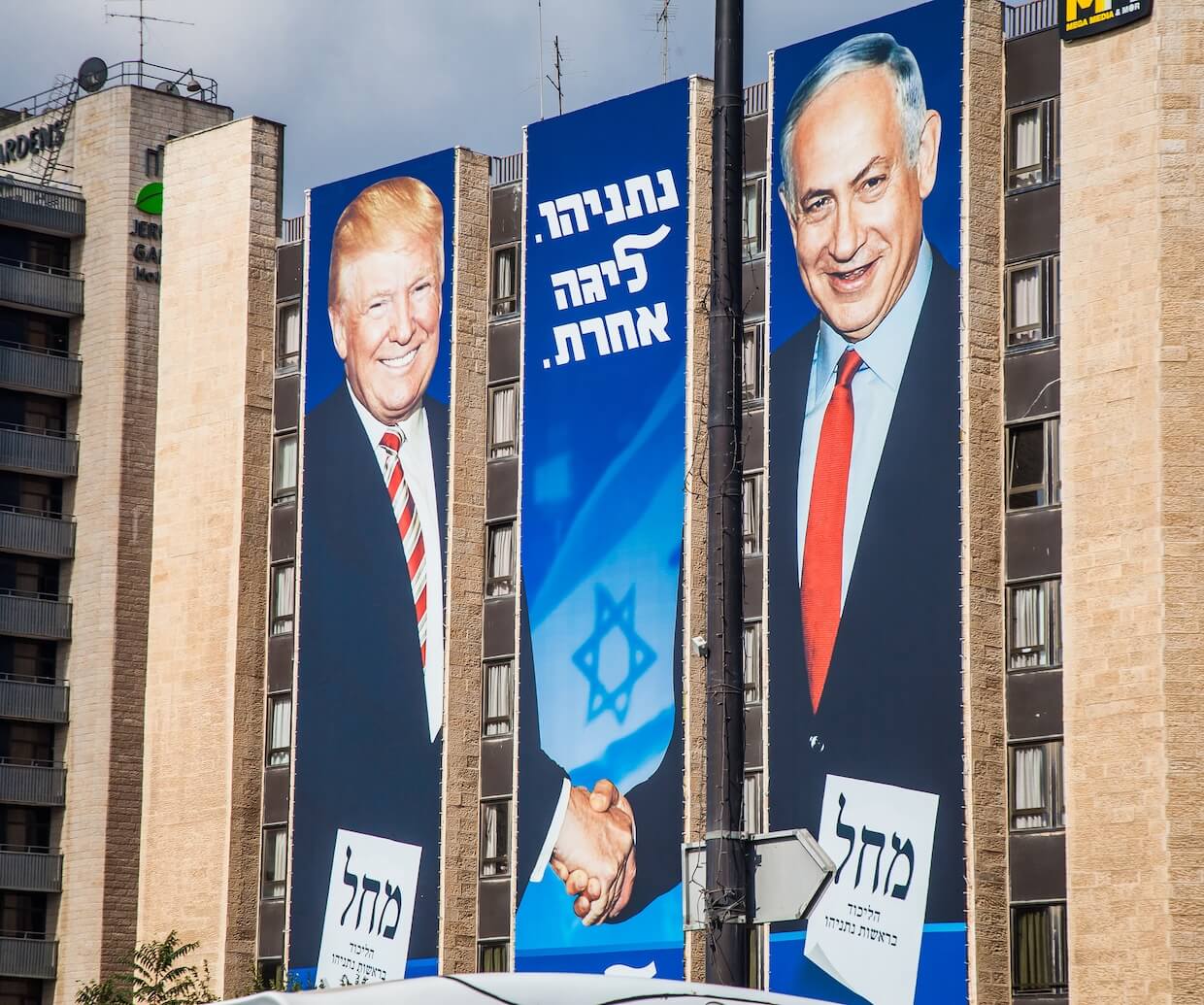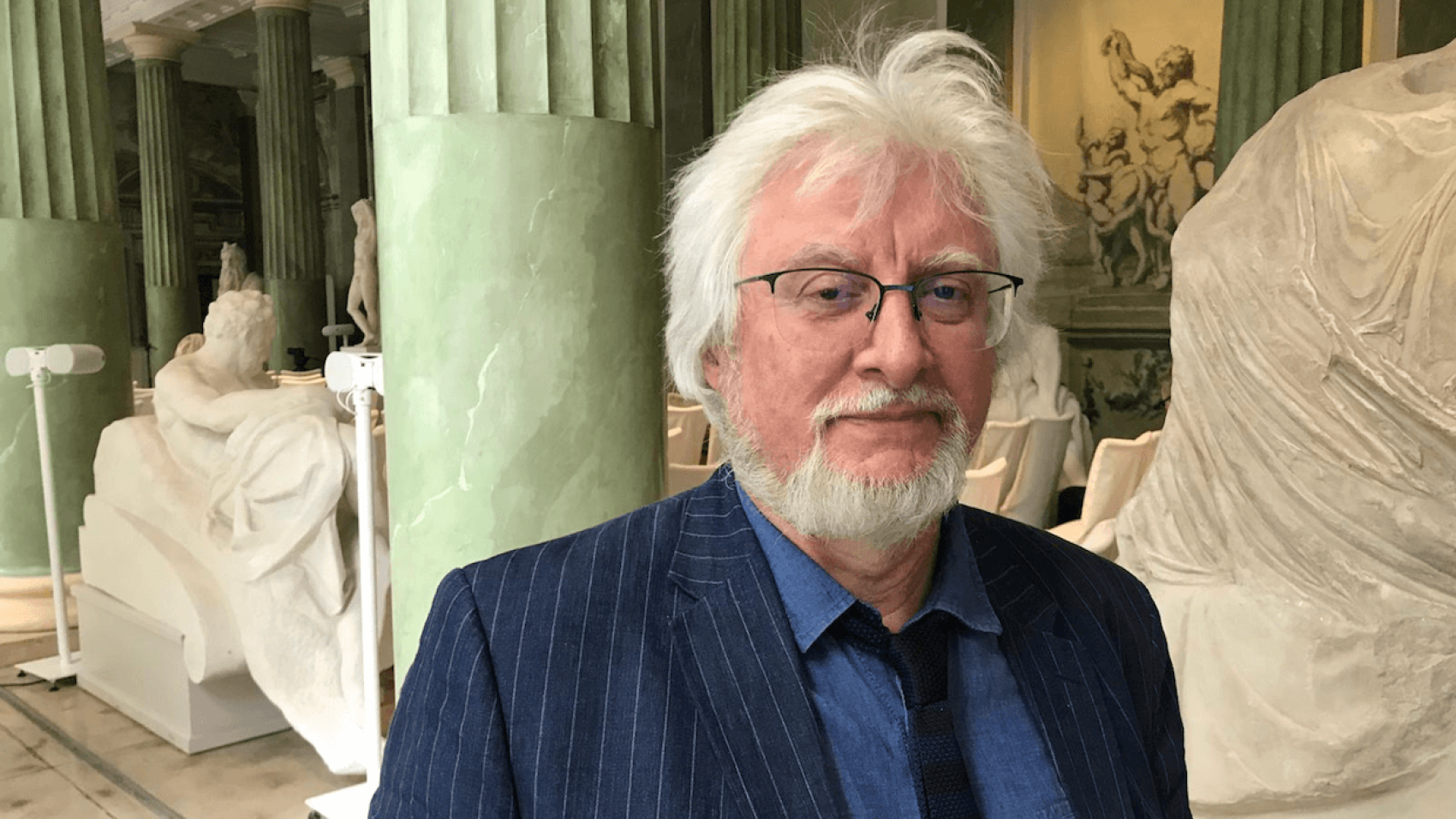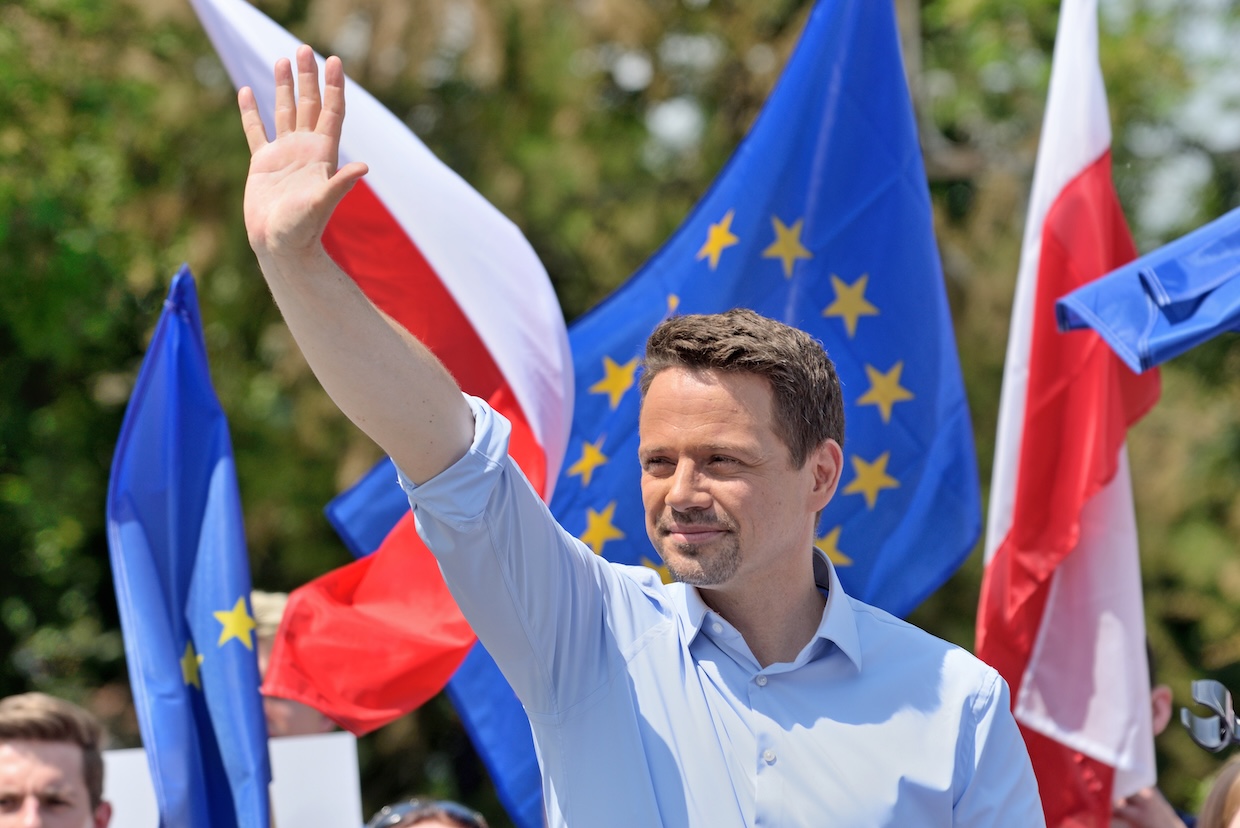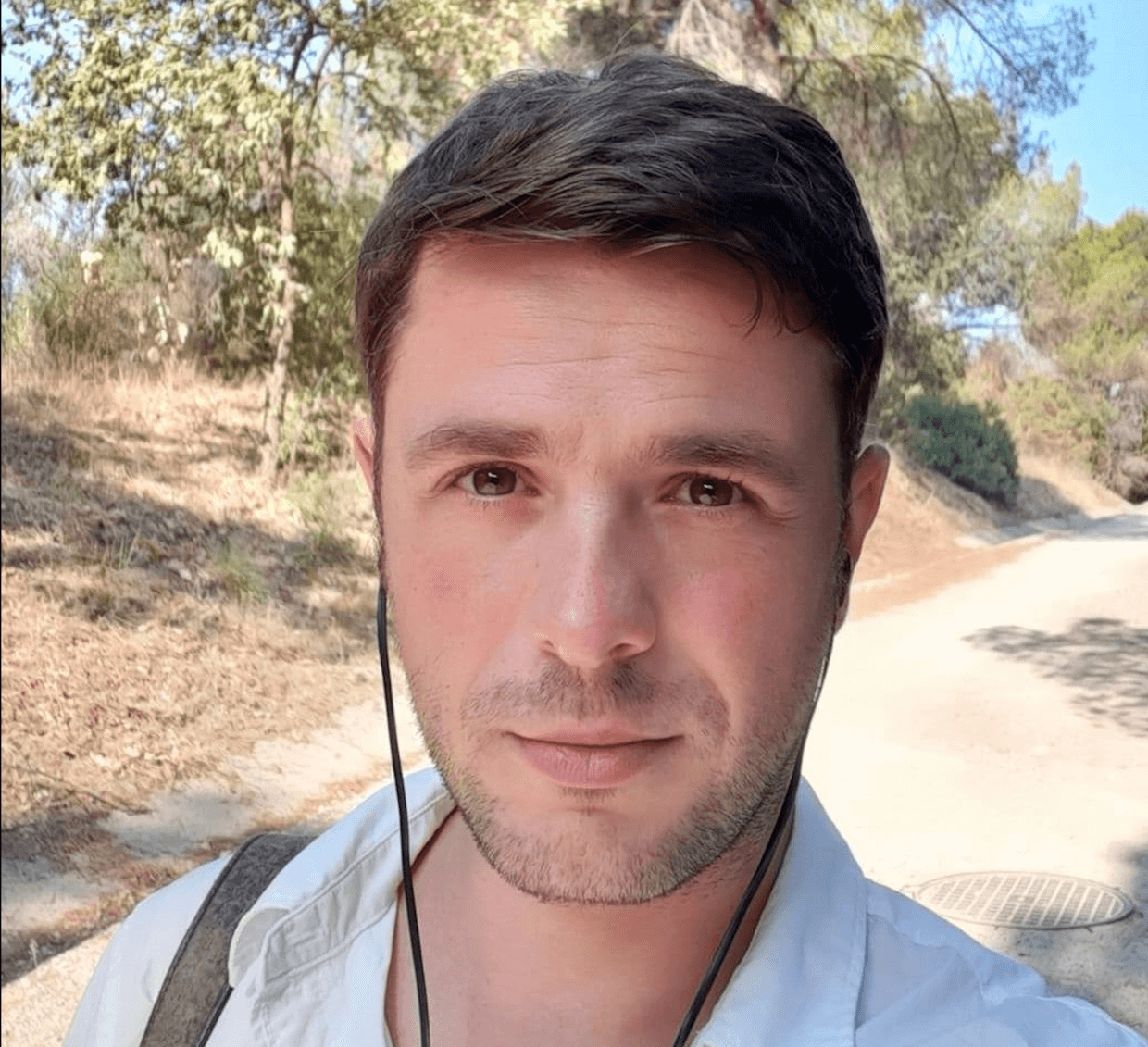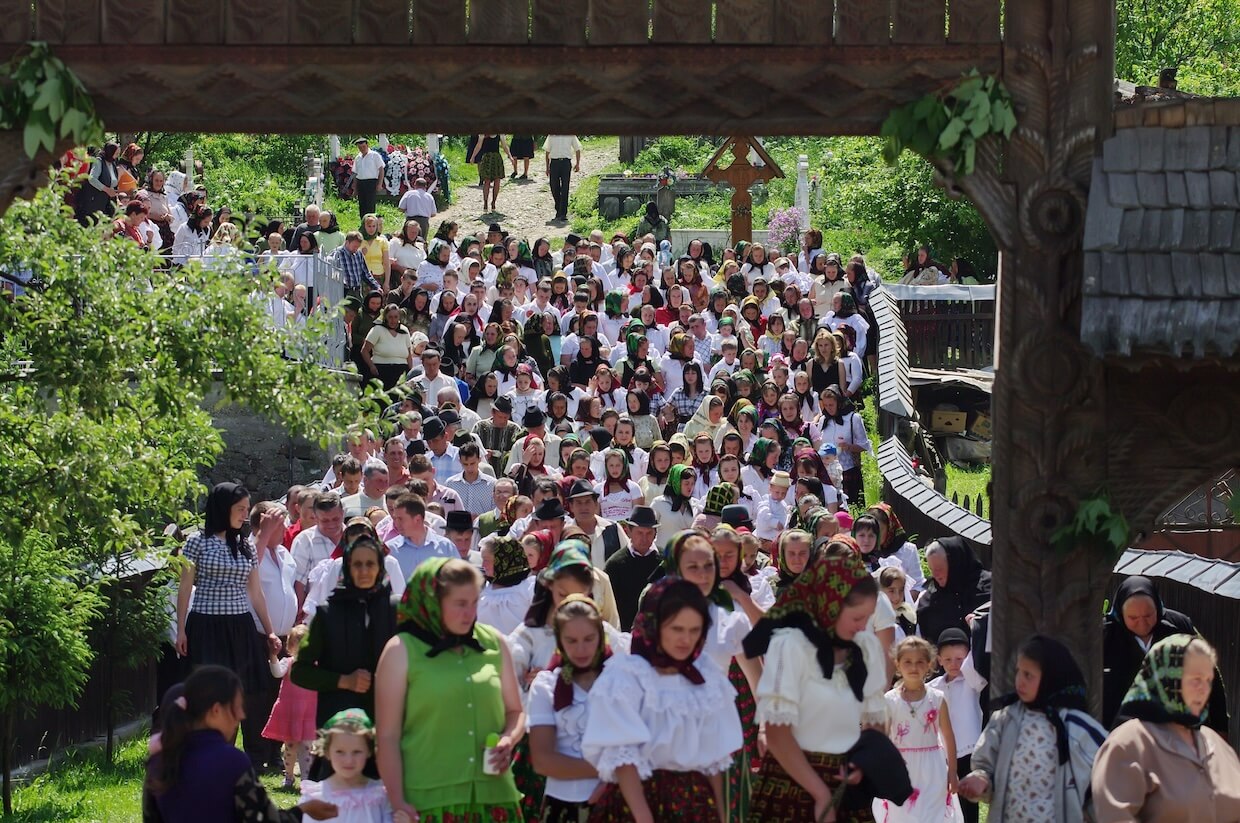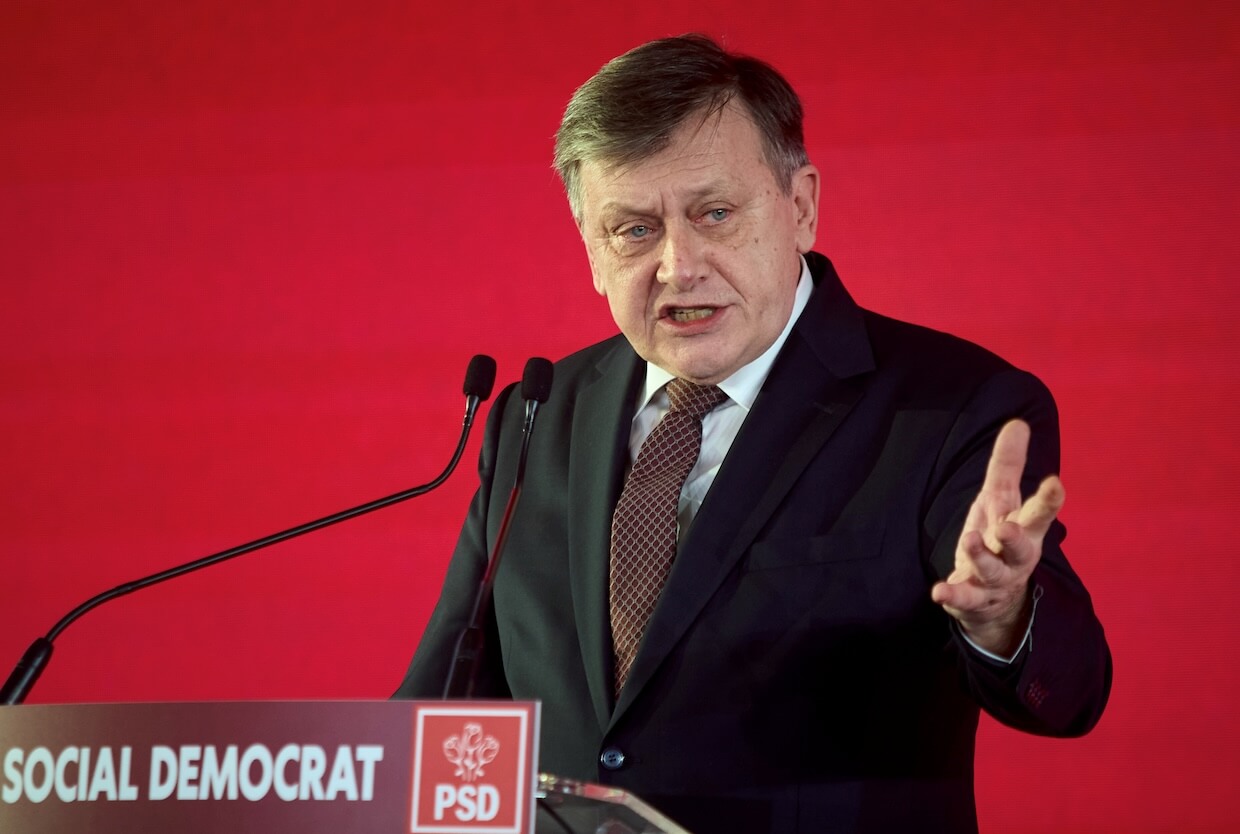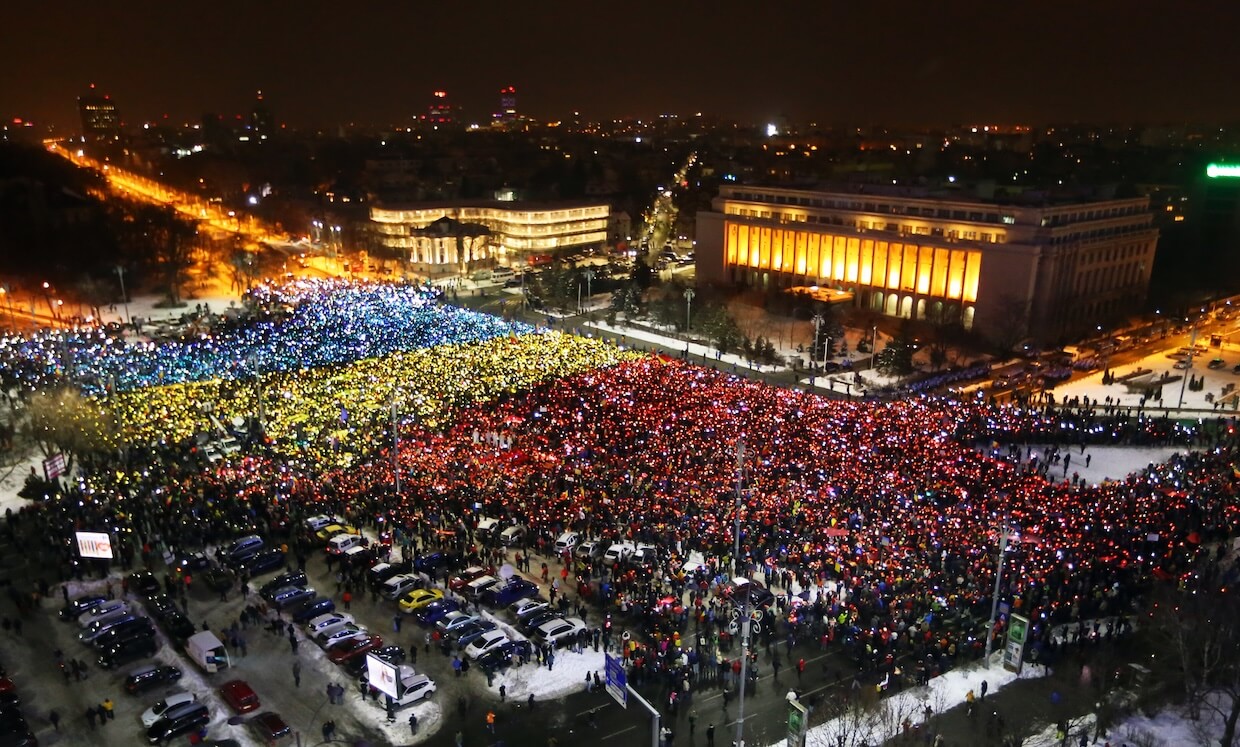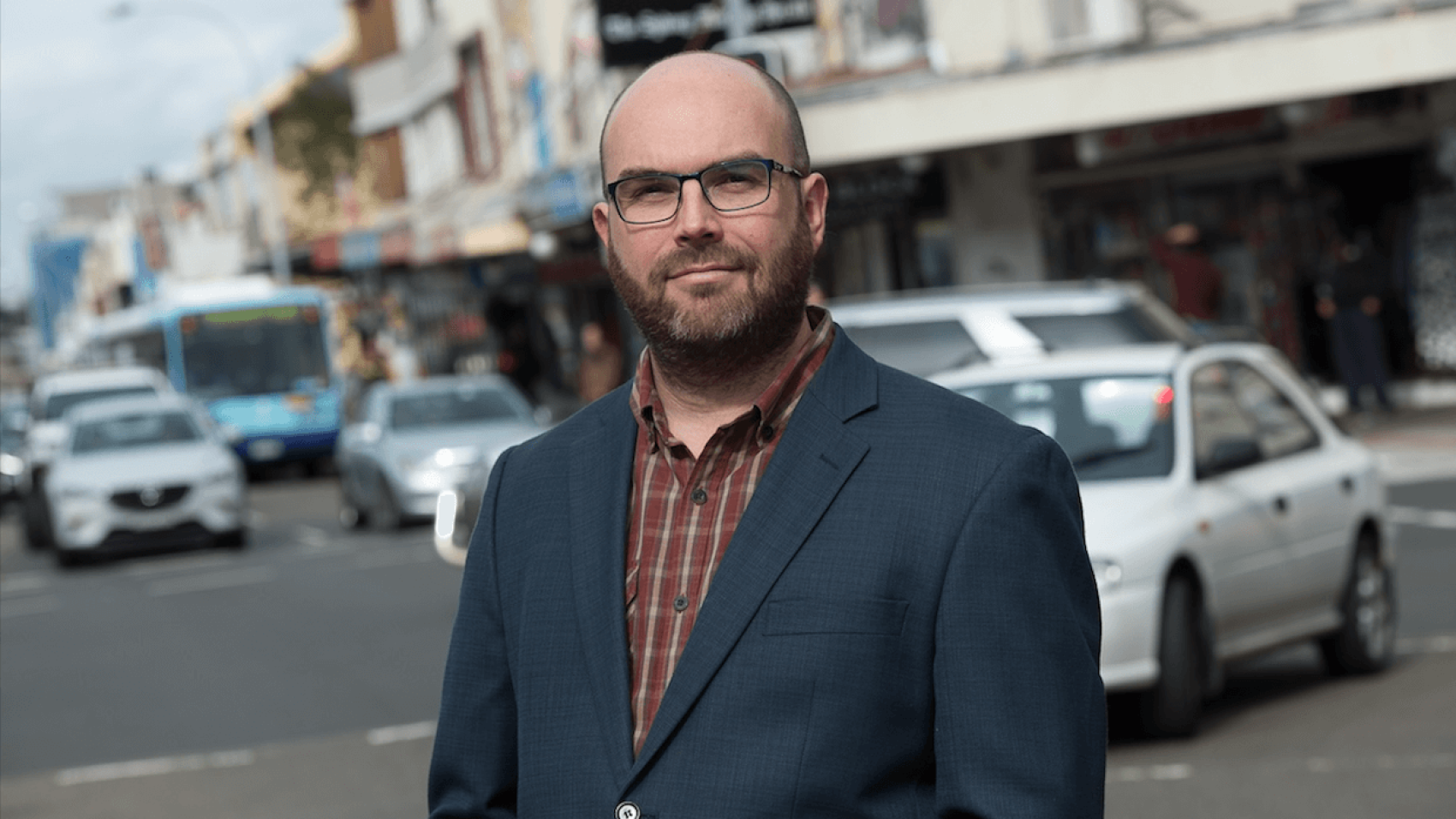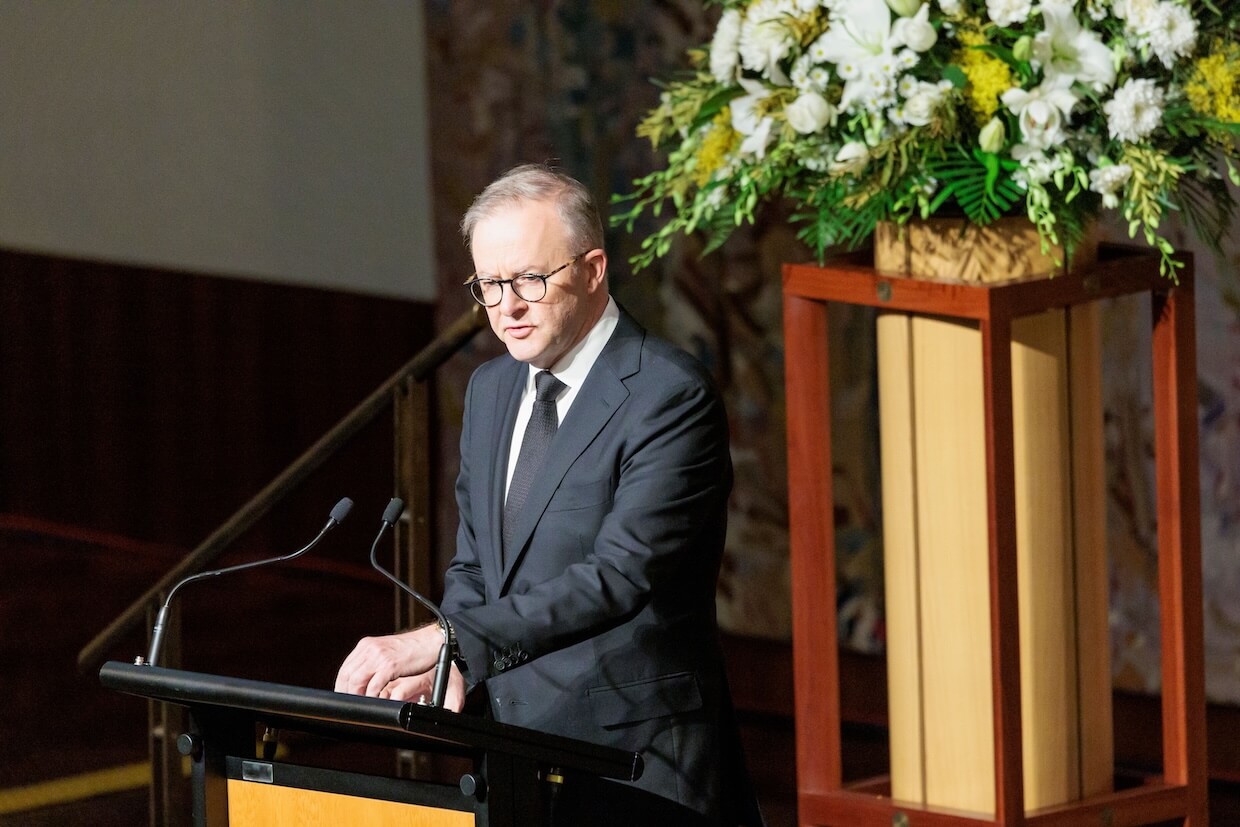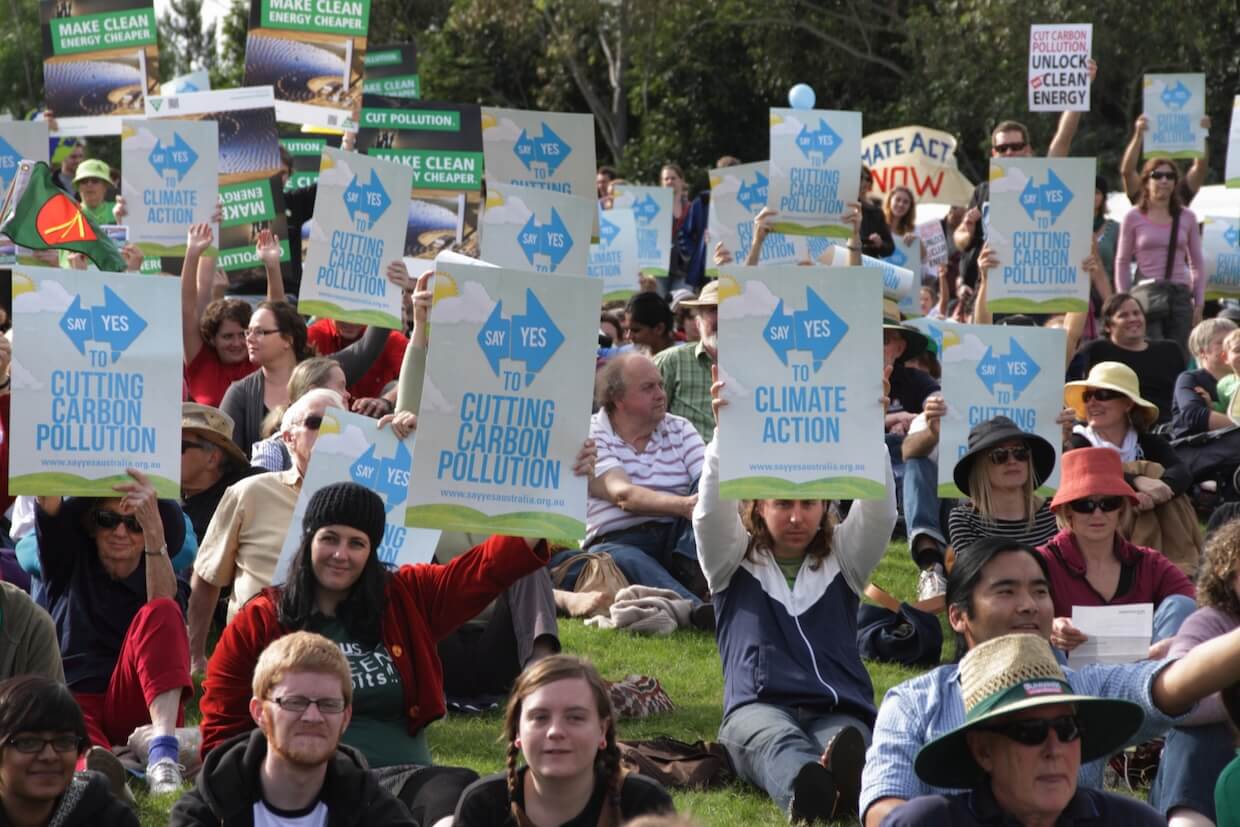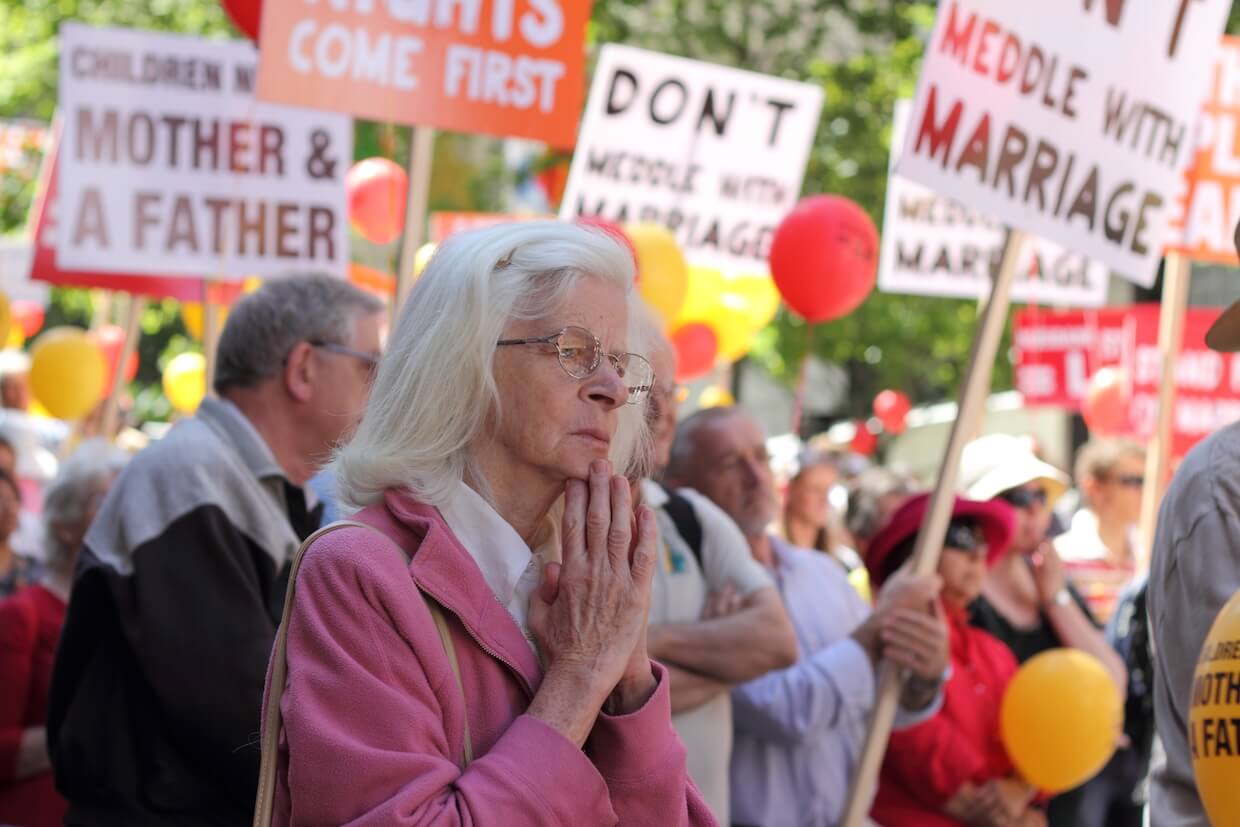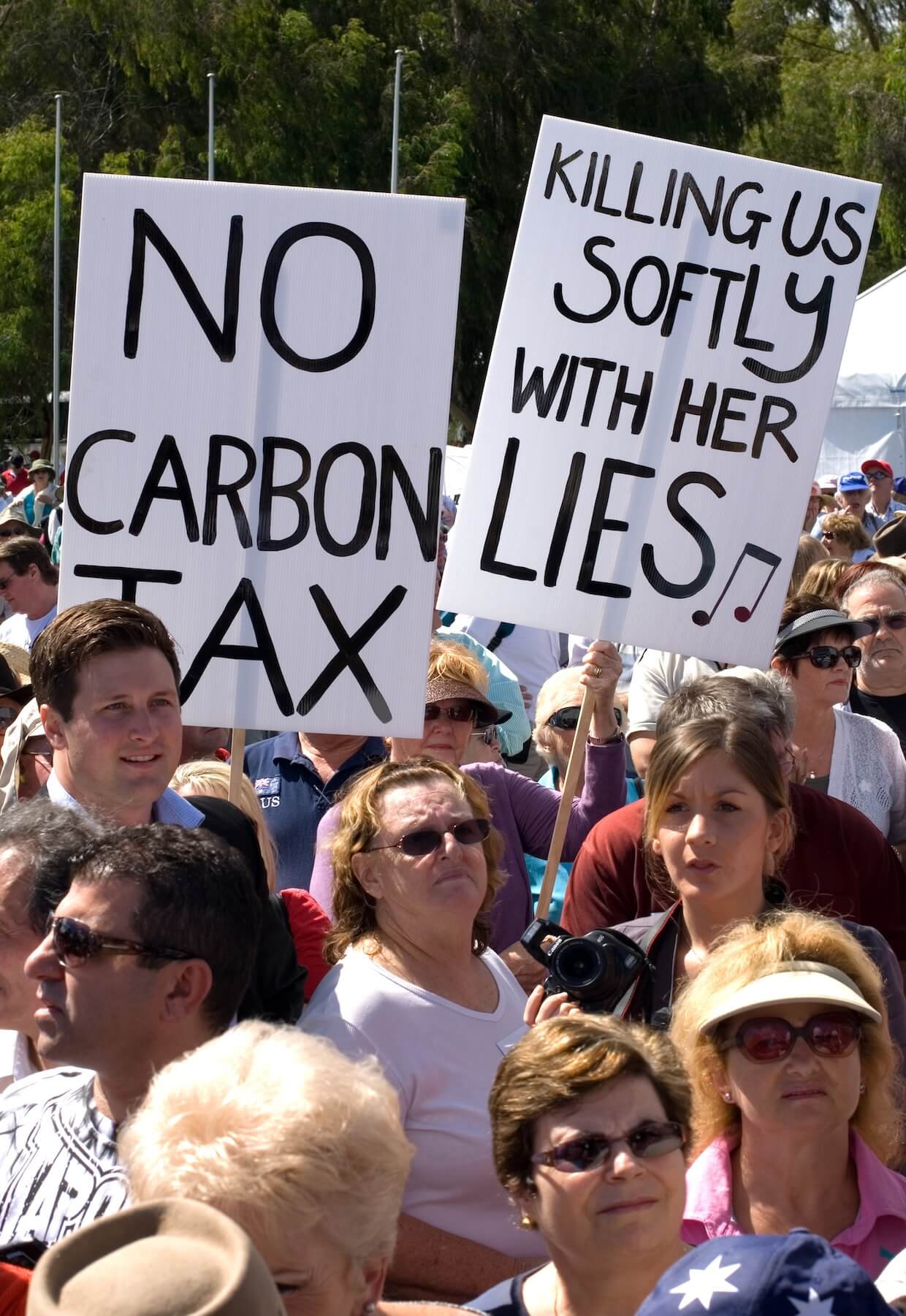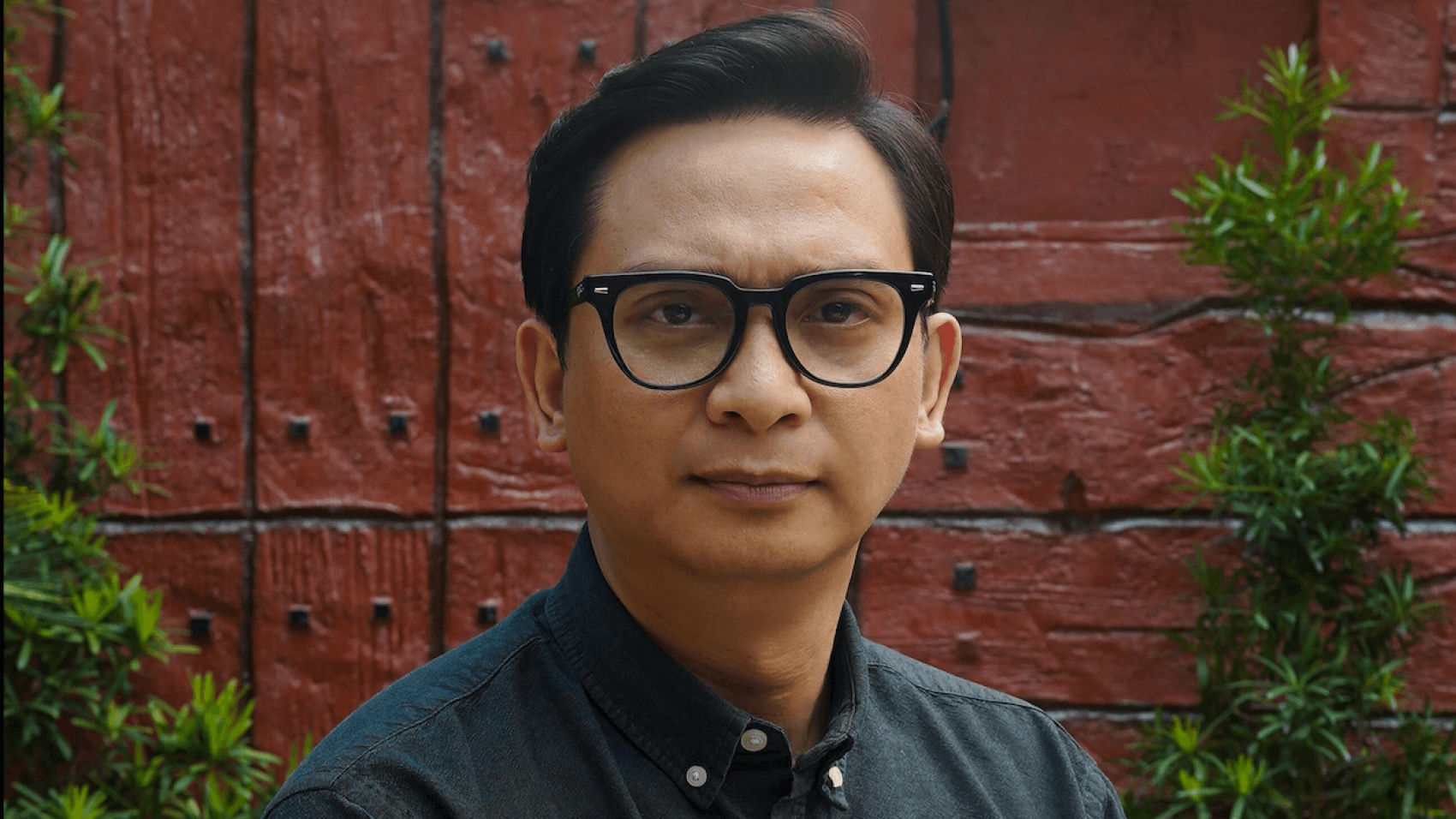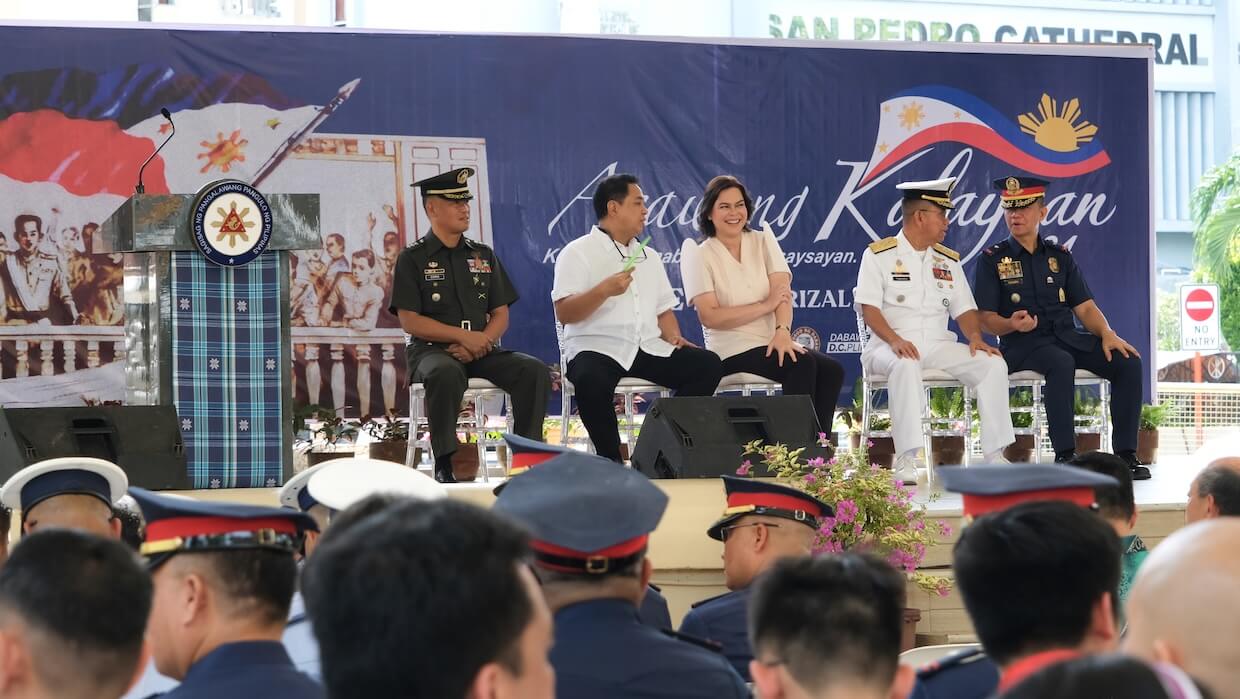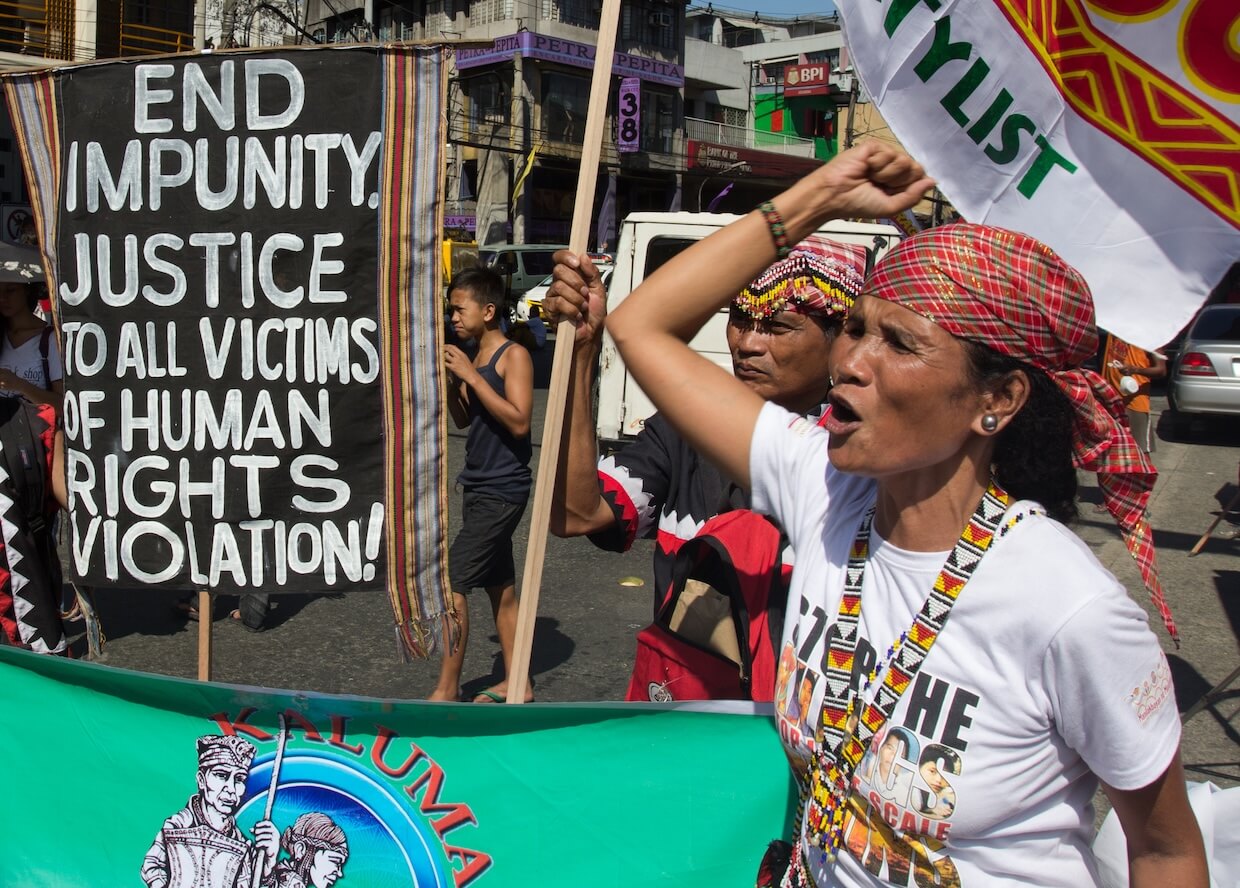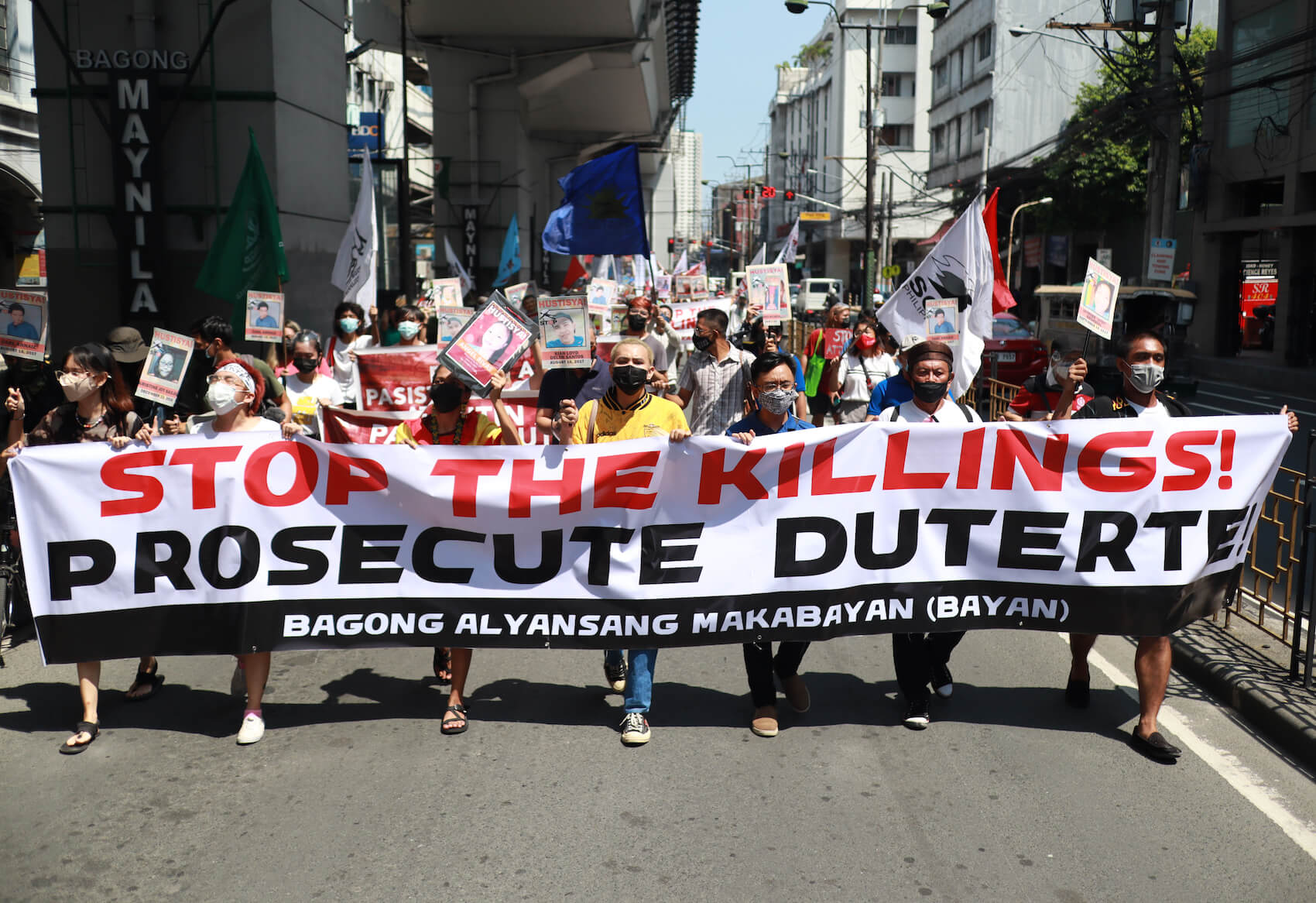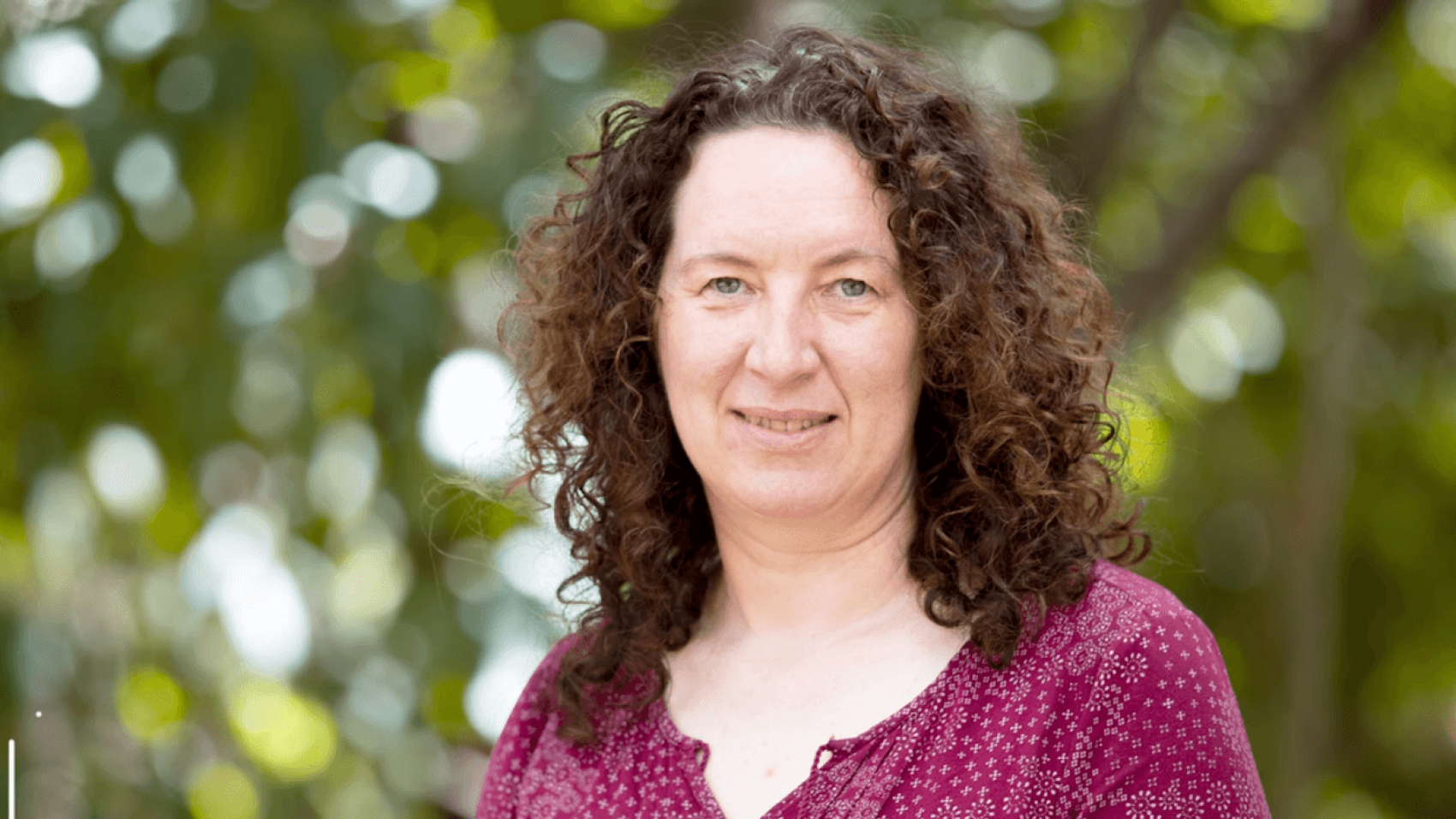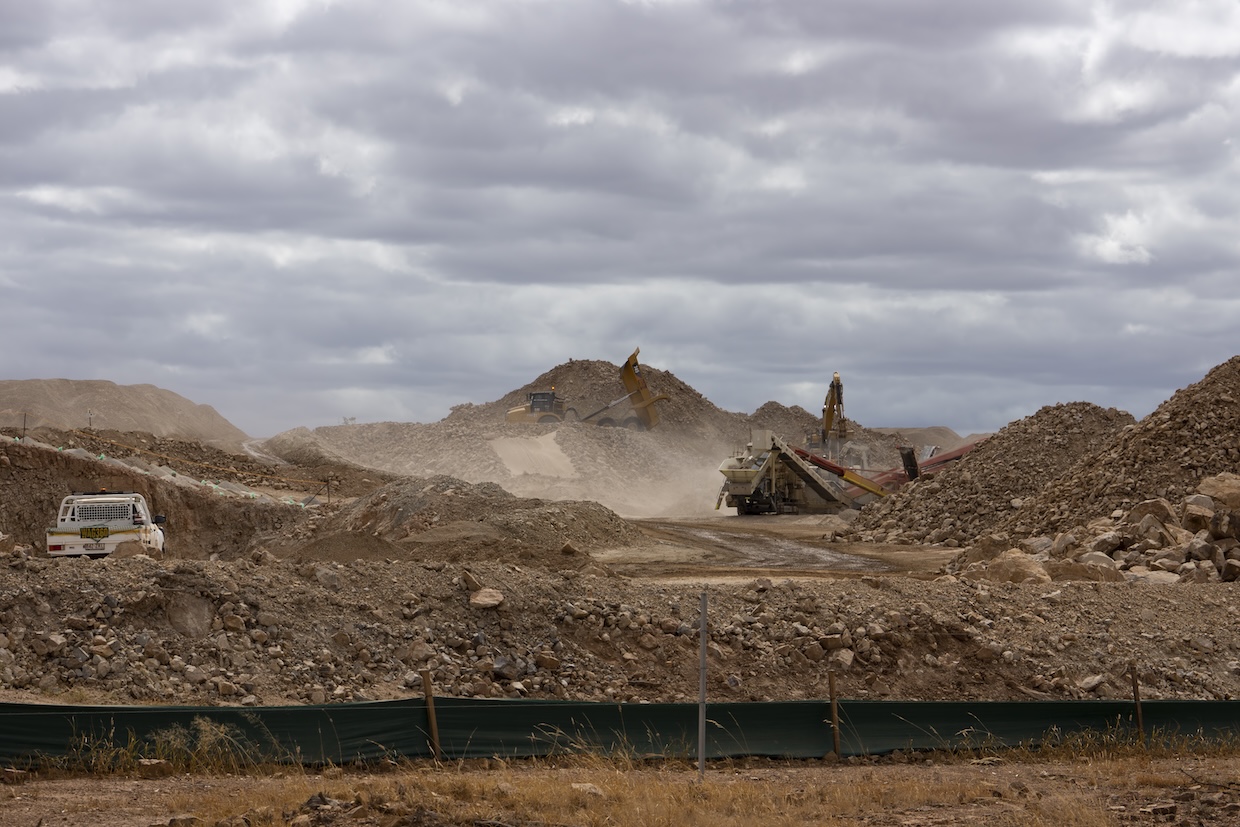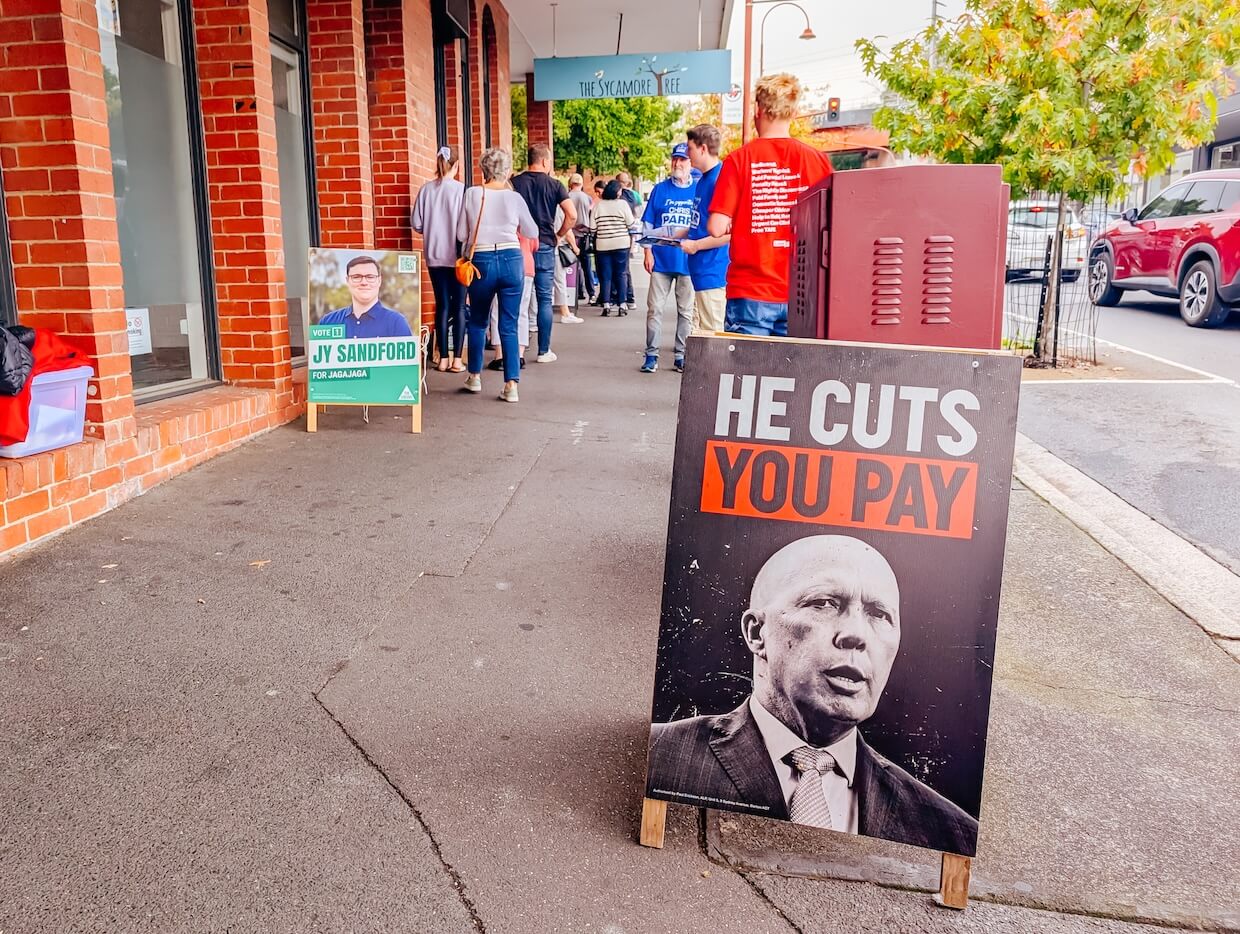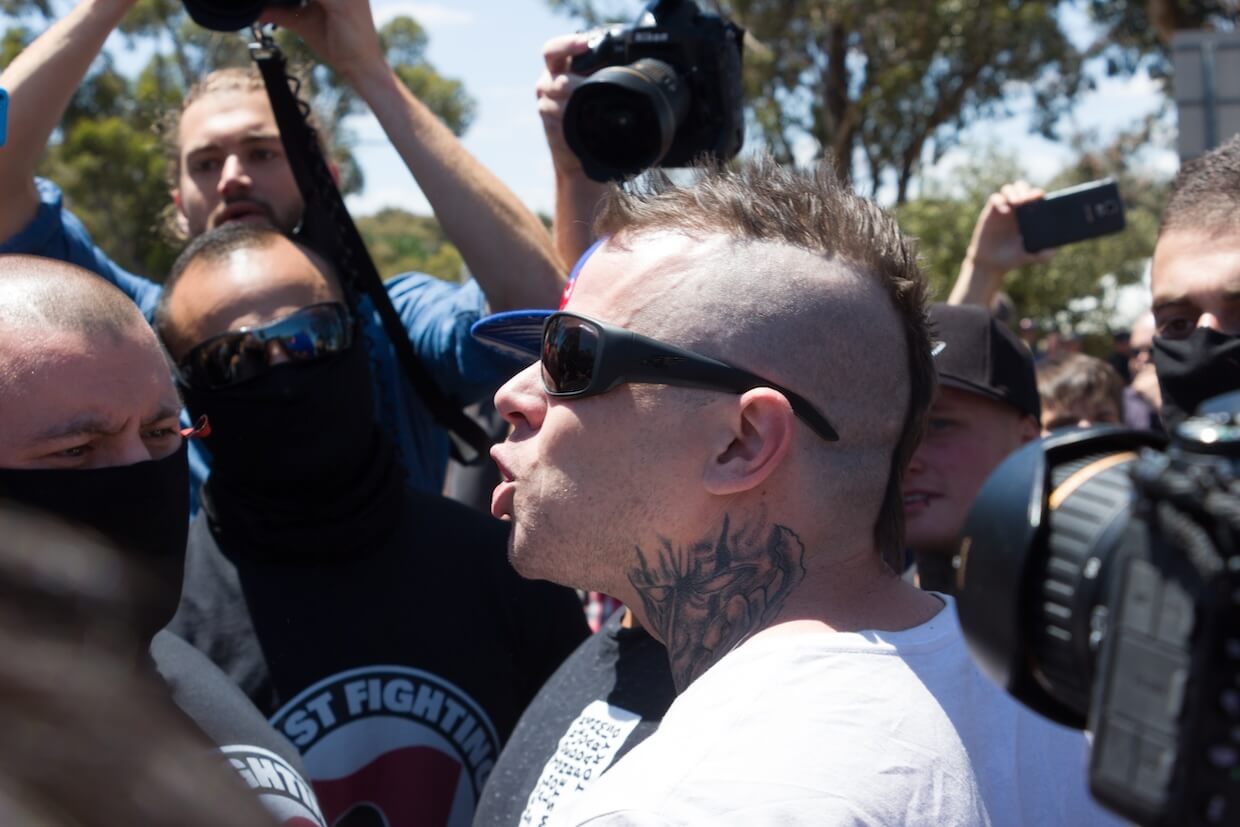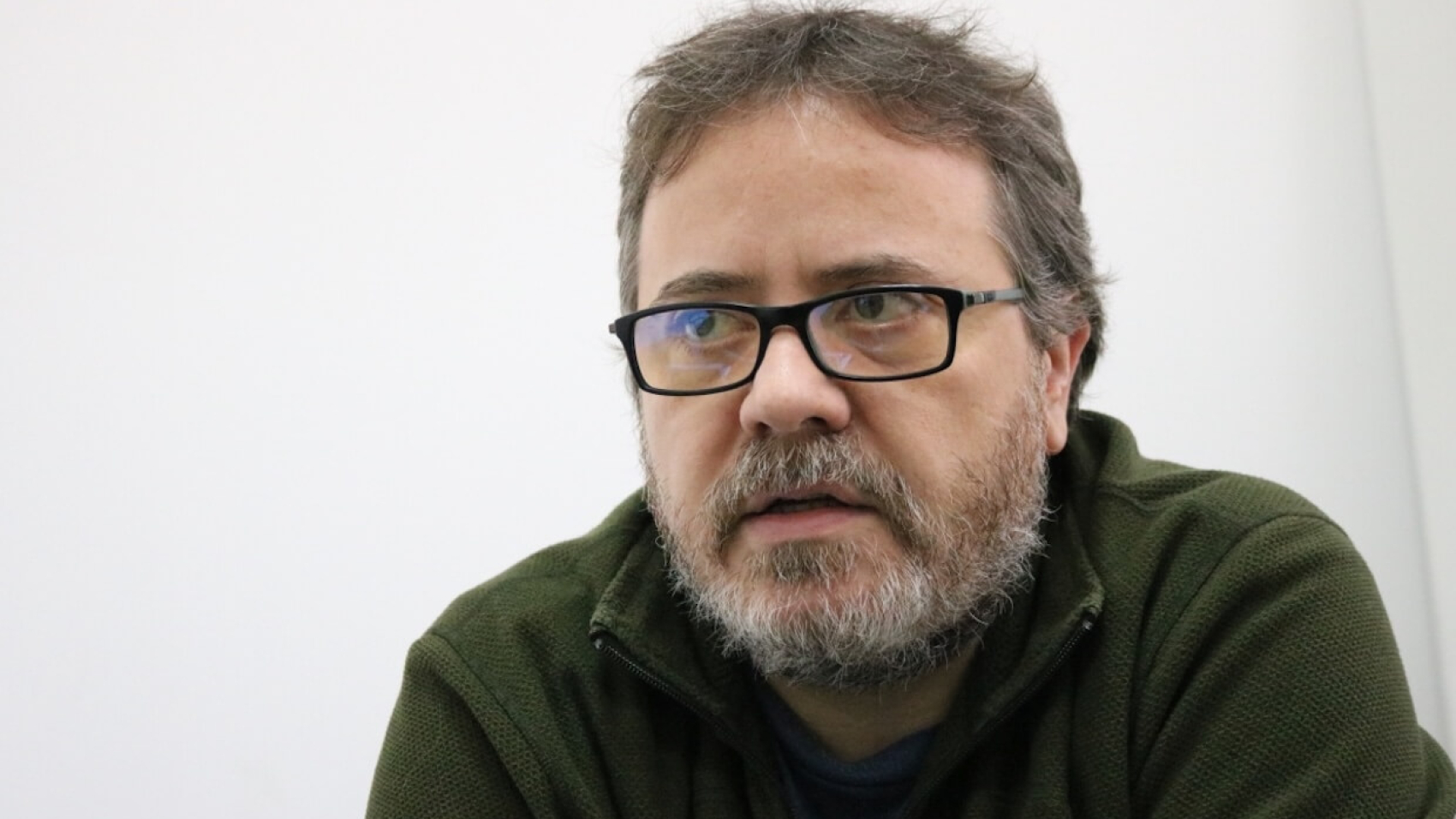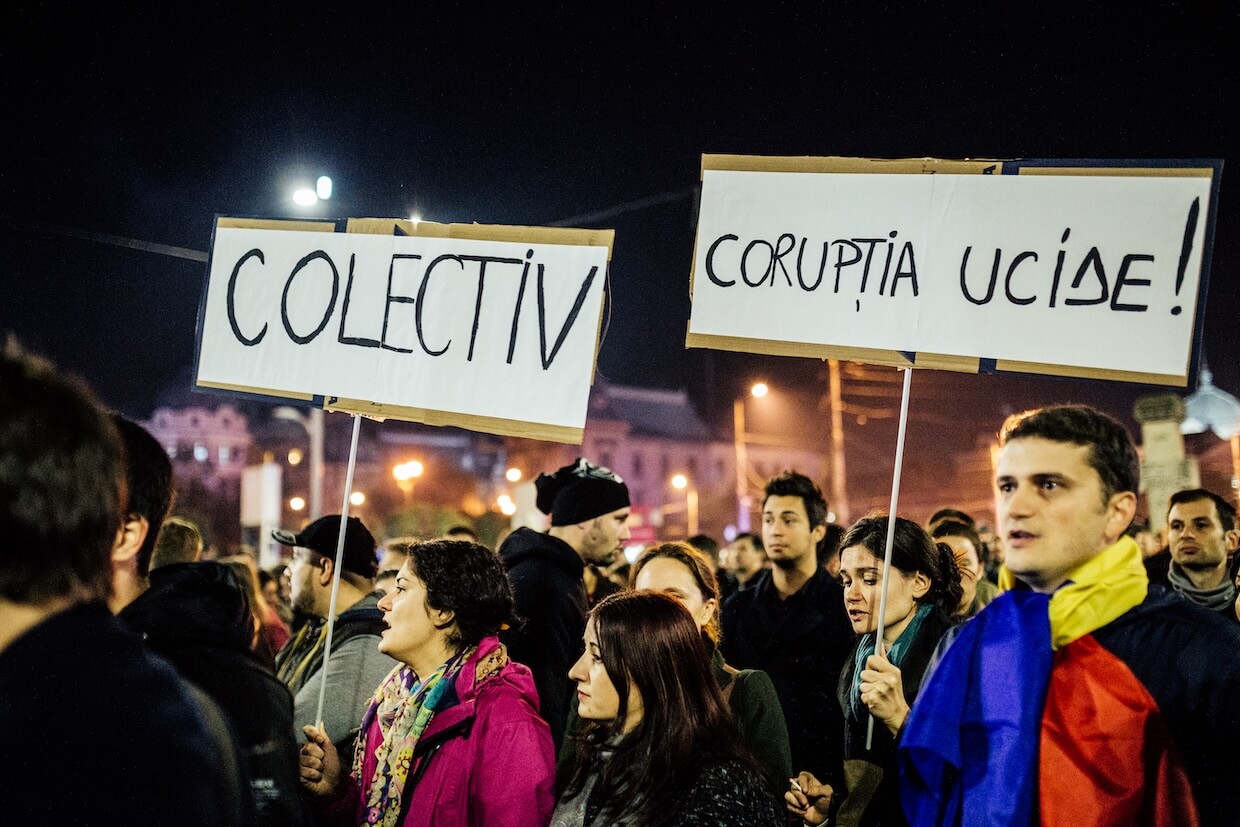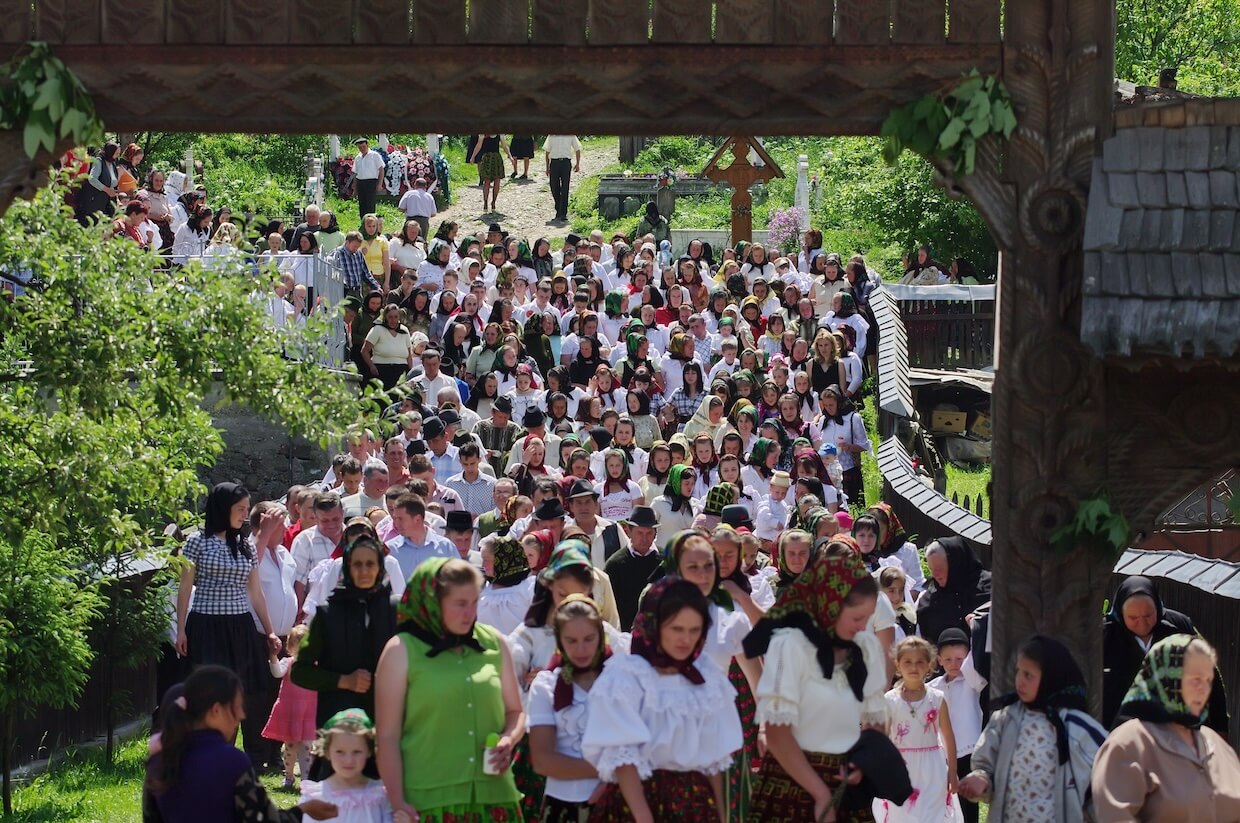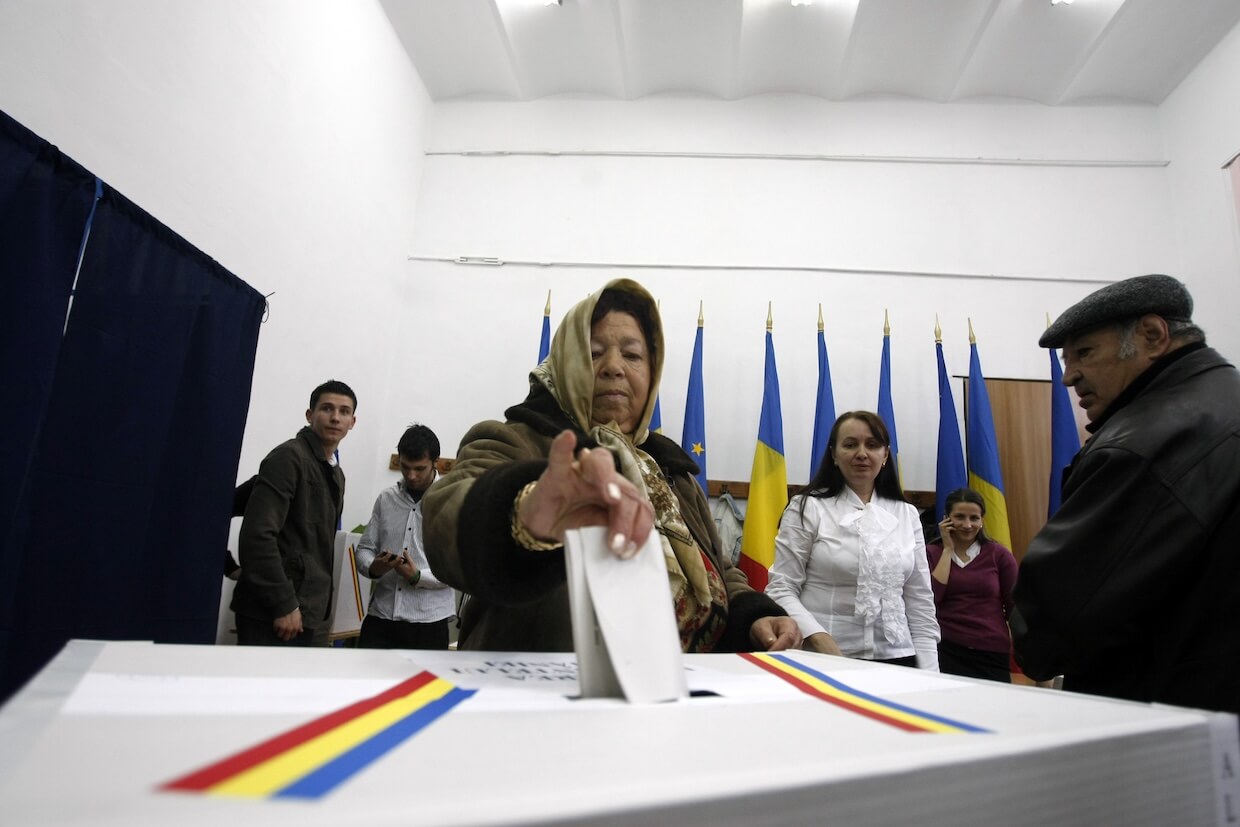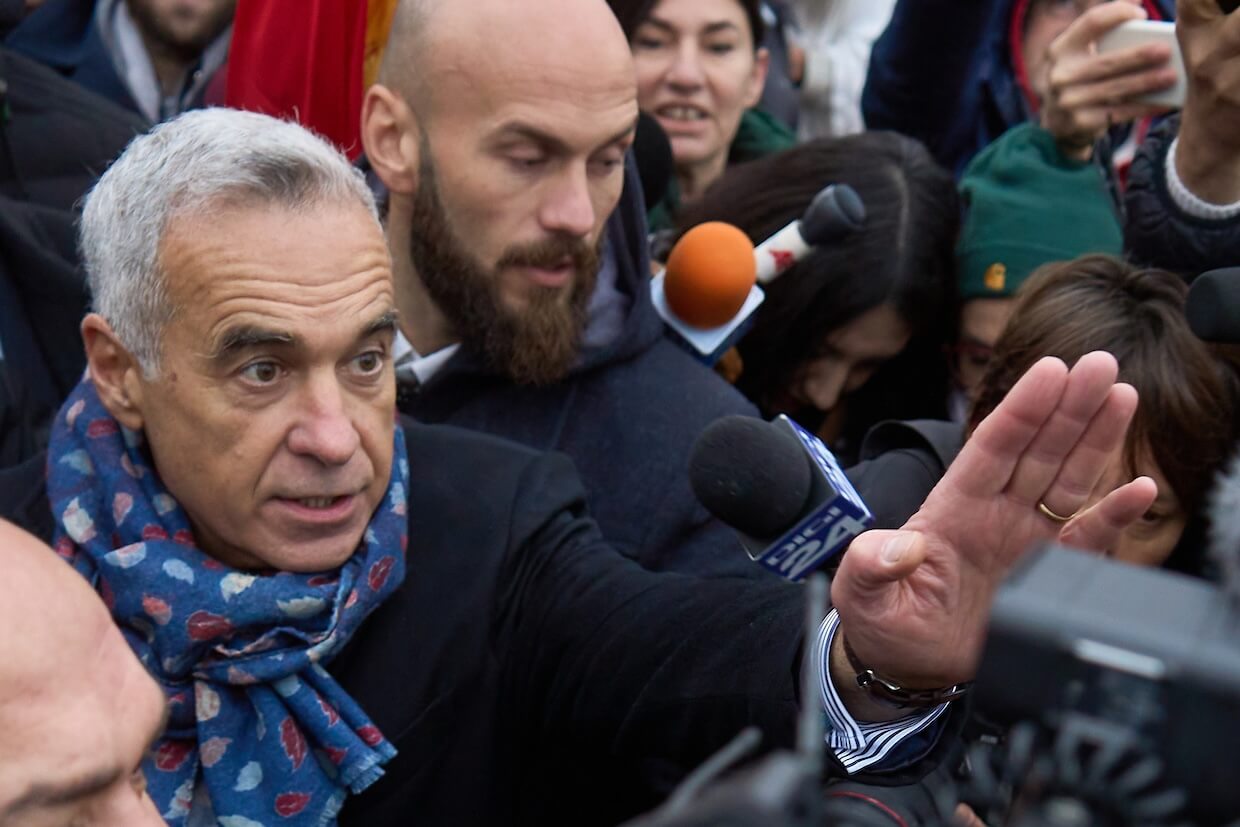In this timely and wide-ranging interview, Stanford University’s Professor Larry Diamond explores the resurgence of authoritarianism and the global diffusion of fascistic features. “We don’t have the fully formed, classic version of fascism today,” he explains, “but there is a lot of fascistic behavior, organization, and intent spreading worldwide.” Drawing on his democratic theory expertise and recent support for an international declaration warning that “the threat of fascism is back,” Professor Diamond dissects how elected strongmen exploit polarization, subvert institutions, and erode epistemic authority. From Erdoğan to Orbán to Trump, he examines the authoritarian playbook and offers paths forward—through institutional reform, global alliances, and deliberative democracy—to defend liberal norms before they are incrementally strangled into irrelevance.
Interview by Selcuk Gultasli
In an age of democratic erosion and the rise of authoritarian populism across continents, Professor Larry Diamond, one of the world’s foremost scholars on democracy, joins the European Center for Populism Studies (ECPS) to assess the contemporary mutations of fascism. As a senior fellow at Stanford University’s Hoover Institution and Freeman Spogli Institute for International Studies, Professor Diamond brings a deeply informed and historically grounded perspective to the question that frames this conversation: Are we witnessing a return of fascism—or something disturbingly adjacent?
Reflecting on the recent international declaration signed by Nobel laureates and leading intellectuals warning that “the threat of fascism is back,” Professor Diamond strikes a careful but urgent tone. “I think it’s better to talk about fascistic properties or features rather than fascism per se,” he explains, “because I don’t think we have the fully formed, classic version of it in many places today. But there is a lot of fascistic behavior, organization, and intent that’s spreading around the world today.”
Throughout the interview, Professor Diamond underscores the ways in which elected strongmen—from Narendra Modi in India to Viktor Orbán in Hungary, from Recep Tayyip Erdoğan in Turkey to Donald Trump in the United States—gradually dismantle liberal-democratic norms. This process, which he calls the “incremental strangulation” of democratic institutions, shares strategic continuities with the fascist playbook of the 20th century, even if it is less overtly violent in form.
The interview also addresses the weaponization of cultural and religious norms, the co-optation of far-right discourse by centrist parties, and the epistemic breakdown that enables authoritarian actors to dominate public narratives. Professor Diamond warns of “a mode of thinking and reasoning that puts blind faith in a single leader and party,” a dynamic echoed in the declaration’s call to “uphold facts and evidence” in the face of disinformation.
The Declaration Against the Return of Fascism, published on the centenary of the original 1925 anti-fascist manifesto, serves as a timely and powerful backdrop to this conversation. Signed by a wide array of Nobel laureates, leading scholars, and cultural figures, the declaration urges renewed commitment to democratic values, multilateralism, and human rights. It warns of a “renewed wave of far-right movements” that threaten to erode hard-won liberties under the guise of nationalism and moral purity.
As Professor Diamond makes clear, the danger we face today is not merely political—it is civilizational. And while the forms may differ from the 1930s, the stakes are every bit as high.
Here is the lightly edited transcript of the interview with Professor Larry Diamond.
We’re Not Seeing Classic Fascism
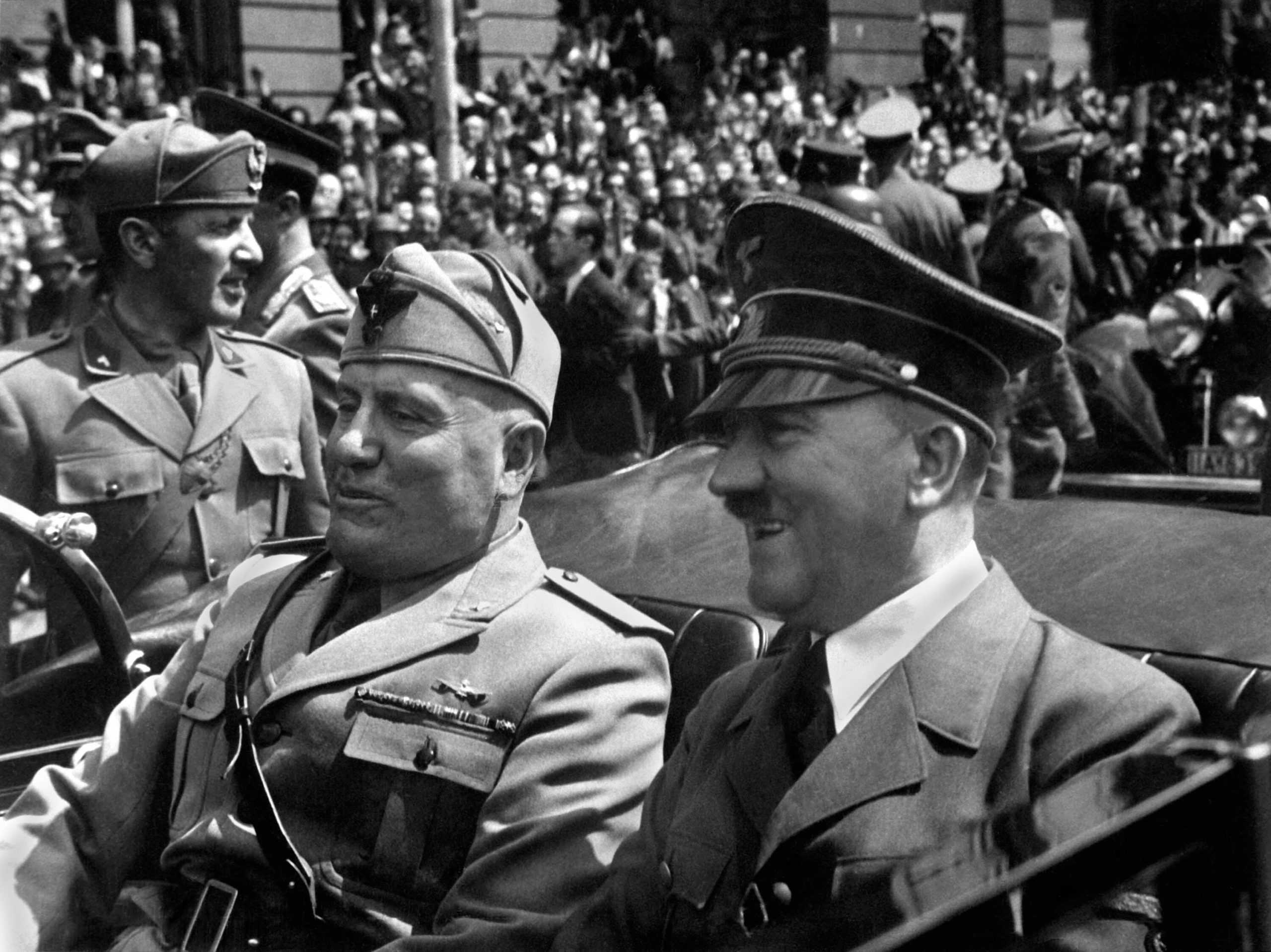
Professor Larry Diamond, thank you very much for joining our interview series. Let me start right away with the first question: As a signatory of the recent international declaration warning that “the threat of fascism is back,” how would you characterize the most empirically robust indicators of this re-emergence? To what extent do contemporary manifestations differ from classical fascism in terms of institutional form and sociopolitical function?
Professor Larry Diamond: I thought it was a very good statement. I had reservations about it because I think the term fascism is used too casually. It’s a very specific historical phenomenon that involves elements of extreme authoritarianism, deprivation of civil liberties, contradiction of the rule of law, individual rights, and the very principle of individuality.
There are certainly a number of regimes around the world that manifest those characteristics or have been moving in that direction. But fascism is also ultra-nationalistic and typically quite aggressive and expansionist. It celebrates violence as a means of acquiring and maintaining rule and political domination, including the violence of extreme shock troops or irregular forces that do the bidding—celebrating and elevating the leader while intimidating anyone who would challenge them. Fascist regimes freely use violence or the threat of violence to suppress and silence the opposition and to threaten their neighbors as well.
So, I think there is no pure form of fascism in the world today that is entirely similar to what we saw in Germany or Italy in the 1930s. But there are a number of regimes that have fascistic elements or properties—certainly Vladimir Putin’s in Russia, and there are others, in Turkey and India. And now certain features of what Donald Trump has been trying to construct in the United States—in terms of the intimidation of opposition, threats to opposition, the invitation to violence, and the celebration of violence by his followers—have fascistic properties.
I think it’s better to talk about fascistic properties or features rather than fascism per se, because I don’t think we have the fully formed, classic version of it in many places today. But there is a lot of fascistic behavior, organization, and intent that’s spreading around the world today.
Authoritarian Regimes Are Repackaging Masculinity, Identity, and Power to Redraw Citizenship
The declaration identifies a resurgence of “manufactured traditional authority,” rooted in religious, gender, and national identity constructs. How do you see these cultural logics being instrumentalized within modern illiberal or authoritarian-populist regimes to reshape the boundaries of political legitimacy and citizenship?
Professor Larry Diamond: Well, you certainly see a kind of resurrection and celebration of extreme masculinity, and of very traditional—even martial or militaristic—notions of what constitutes male identity and the male role, and the effort to subjugate women, and to draw artificially rigid boundaries around sexual identity and sexual behavior, and just put people into rigid, state-sponsored, movement-sponsored boxes.
These are also elements of an extreme authoritarian or, in some ways, fascistic mentality. You see this in China too—although it’s kind of odd to call a Communist regime fascistic—but they share certain properties in terms of hierarchy, domination, chauvinism, militarism, and aggressive threats to their neighbors.
So I find it more useful personally—and I think we’re drifting in that direction in the world, and the phenomenon, with its many component parts, seems to be more relevant these days—but I find it more useful to break it apart into its pieces and analyze where these pieces are emerging or gaining momentum, and what it means for the character and dynamics—internally and internationally—of authoritarian behavior.
Autocrats Strangle Democracy in Stages
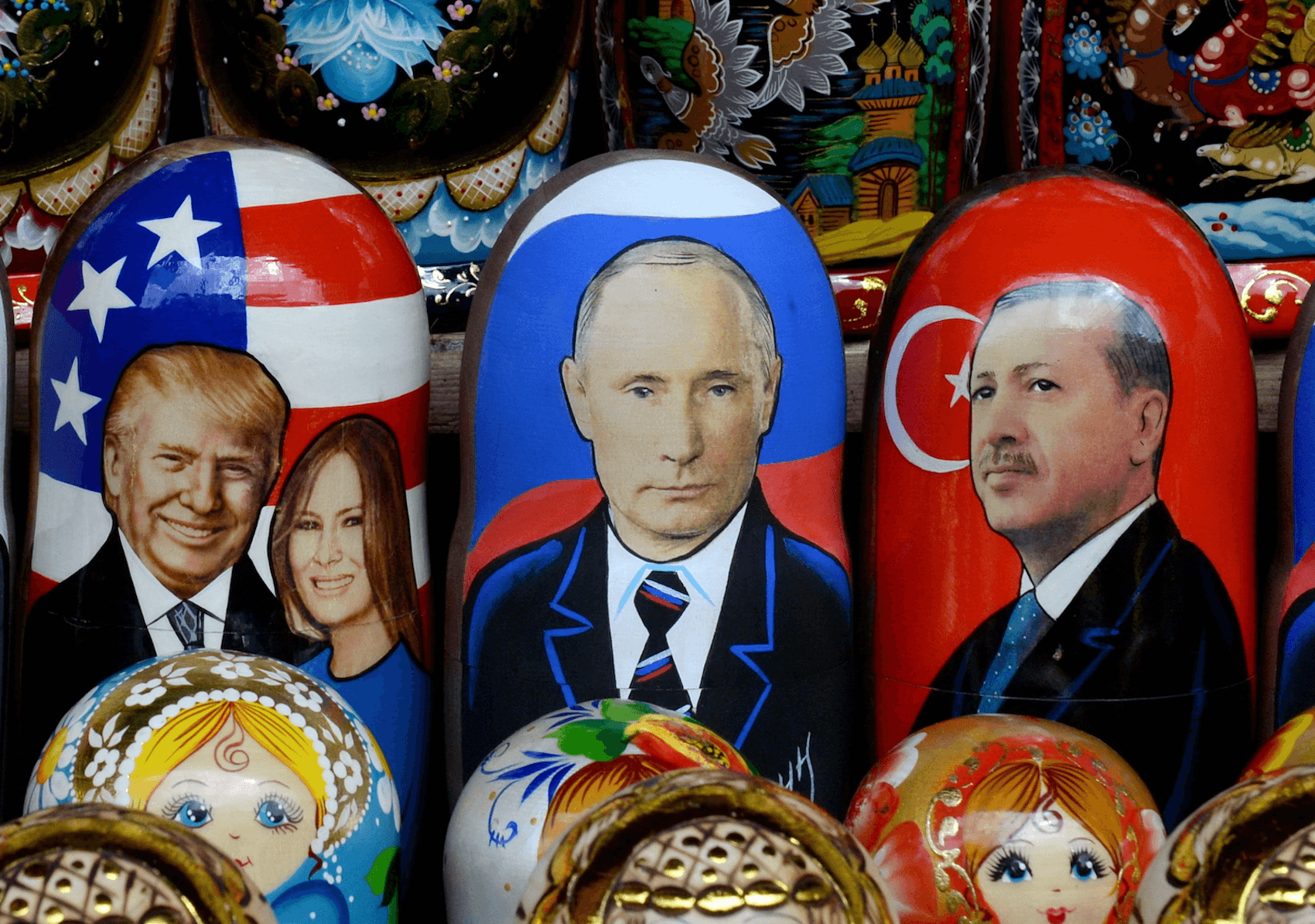
In your analysis of democratic regression, you emphasize the process of “incremental strangulation” of liberal institutions by elected executives. How does this slow erosion align with the historical trajectory of fascism, and would you consider today’s authoritarianism to be a technocratic mutation of the fascist archetype—less overtly violent, but no less repressive?
Professor Larry Diamond: It certainly is in most places less repressive than the classic instances of fascism, particularly in Nazi Germany. But some of them have been creeping in that direction. It didn’t take long between the time that Hitler entered power in early 1933 to the time, really just months later, that he had eliminated opposition and begun to throw his opponents in jail—and before too much longer, the emergence of concentration camps. I would not describe the collapse of the liberal and constitutional state in Germany after Hitler’s rise to the Chancellorship as an incremental process. It happened in stages, but they came very rapidly and very brutally.
Italy was a little bit more incremental, but not in the same way as we’ve seen under Orbán in Hungary, under Recep Tayyip Erdoğan in Turkey, under Narendra Modi in India—which remains sufficiently incremental so that people still debate whether we can call India an electoral democracy. I tend to think it’s crossed the line into authoritarianism.
It took a while in Venezuela under Hugo Chávez. It didn’t take very long this most recent time in power for Daniel Ortega in Nicaragua. It happened pretty quickly under Bukele in El Salvador.
So it varies. But in the classic instance of a country that has been a democracy for some time—whether a liberal democracy or not—it usually is an incremental process that may move step by step over a period of years: to demonize the opposition, undermine the independence of the legislature, and certainly the judiciary, which must be quashed if authoritarian regimes are to have kind of free rein to emerge. And the ultimate elimination of all independent sources of power—regulatory institutions in the executive branch, civil society, the professional civil service, the business community, the mass media, and so on. Usually, it takes a few years, and sometimes a number of years, for an emerging autocrat to sufficiently conquer and crush these independent institutions in government and civil society so that they can have unchecked power.
Moreover, even when they’ve crossed the line into authoritarianism—which I think Erdoğan did within some number of years after taking power around 2003, more than two or three perhaps, but considerably less than ten—even after the line had been crossed from electoral democracy into electoral or competitive authoritarianism, the incremental descent can proceed. And the regime can become more authoritarian, more abusive, more terroristic, more domineering, more hegemonic—and, to use a word that is increasingly in vogue—with more and more frequent manifestations of fascism.
Authoritarianism Thrives Where Truth Dies

The declaration posits a growing epistemic crisis—an erosion of truth, science, and critical inquiry. Are we witnessing a systemic undermining of epistemic authority as a strategy of soft authoritarianism, and how does this epistemic degradation relate to the collapse of public trust and the spread of disinformation?
Professor Larry Diamond: I think the causation moves in both directions. It’s a collapse of trust in all kinds of institutions and sources of information that helps pave the way for authoritarian populism to come into power and elevate a leader—a “great leader”—as the source of all wisdom and authority, to try and rescue the country from various forms of treason, greed, sabotage, corruption, however they depict the ruling elite, the ruling establishment.
Then, of course, once in power, these kinds of leaders and parties further accentuate public distrust in science, in objective sources of knowledge, in alternative sources of information—in anything we know to be true, independent of what the dear leader and the ruling party say is true.
So, I think what you describe as an epistemic crisis typically precedes, to some degree, the coming to power of an authoritarian, hegemonic, extremely illiberal populist political party, with deeply authoritarian, if not fascistic, intentions and ambitions. And then they drive it—they drive the people—further into distrust and cynicism, and into a mode of thinking and reasoning that puts blind faith in a single leader and party.
Why Democracy Must Lead the Fight Against Authoritarian Drift
The declaration calls for renewed multilateralism grounded in human rights and the rule of law. With international institutions facing legitimacy crises, what new or reformed global mechanisms might be necessary to counteract the diffusion of authoritarian norms and “sharp power” influence?
Professor Larry Diamond: There are many dimensions to the crisis we’re facing globally regarding the rule of law and the liberal international order. And obviously, these have worsened with the multiple conflicts in the Middle East over the last two and a half years, if not more.
I worry deeply about the damage that’s been done to the United Nations and the overall erosion of liberal international institutions, which are being undermined from all directions—by Russia and China, by Iran, and by Donald Trump in the United States, with his contempt for multilateral institutions and for the liberal international order itself. After all, that order has helped keep peace in Europe for 80 years—until Vladimir Putin shattered it. I believe it still remains our best hope for international peace, security, and individual freedom.
At present, international multilateral institutions are in serious distress. The United Nations has appeared quite feeble in response to the recent Middle East crisis. The World Bank, the International Monetary Fund, and the World Trade Organization are all under significant strain. The entire nuclear nonproliferation regime—which, in my view, did a relatively poor job of restraining Iran from pursuing nuclear weapons—has also faltered.
To my mind, we need to begin with the democracies of the world and try to build outward from there, reaffirming commitments to the rule of law, international order, and collective security. That must include a reassertion of peace and security mechanisms in the Middle East, as well as a clear and unified message to the People’s Republic of China that the international community opposes any use of force to resolve the Taiwan conflict or differing interpretations of sovereignty across the strait. Certainly, it also means that Vladimir Putin cannot be allowed to forcibly dissolve Ukraine into a greater imperial Russia.
We need a stronger NATO, a reinforced alliance of liberal democracies, a renewed commitment to the integrity of borders, and shared principles of collective defense. These are the building blocks for reconstituting global order. But we cannot begin rebuilding while the United States is in retreat from that very order.
In my view, we must not only deepen cooperation with our NATO and EU allies—as well as partners like Japan, South Korea, Australia, and, where feasible, India—but also revitalize and relaunch the United States’ instruments of international engagement. This includes agencies such as the U.S. Agency for International Development (USAID), Voice of America, and other channels of diplomacy, assistance, and cultural exchange. We should be offering scholarships, promoting global educational exchange, and ensuring that our scientific, technological, and medical innovations are shared worldwide.
They Need to Polarize Politics to Seize Power
In “The Electoral Reform Imperative,” you diagnose affective polarization as a destabilizing force for democratic governance. How do populist actors exploit this emotional antagonism to reframe pluralism as moral corruption and consolidate plebiscitary rule under the guise of majoritarianism?
Professor Larry Diamond: They do it pretty much as your question describes. It’s very important to understand that people who want to crush democracy—and who seek to do so through politics, by winning power via competitive elections—need to create an atmosphere of fear and desperation. In other words, they need to polarize politics in order to seize power.
All of the agents of illiberal or authoritarian populism—Orban, Erdoğan, Robert Fico in Slovakia, certainly Modi in India, Andrés Manuel López Obrador during his six-year presidency in Mexico, Hugo Chávez in Venezuela, and now his successor, Nicolás Maduro—they all polarize politics. They must generate fear and hatred for the other side, because rational politics—deliberation, compromise, reason—(these) are the enemies of their project to conquer and entrench total power.
So they manufacture fear, animosity, and hatred. They deploy memes and narratives that divide people on an emotional level and manipulate symbols of fear, violence, militarism, and extreme ambition to pit citizens against one another. They typically identify a dangerous “other” within the country. Often it’s a minority group or outsider—it could be immigrants, a marginalized group like the Roma in Central and Eastern Europe, or a religious minority of some kind. But they always need someone to scapegoat, someone to vilify and rally people to fear.
Deliberation Works—If You Create the Right Setting
Your collaborative work on “America in One Room” suggests that structured deliberation can depolarize attitudes and restore democratic norms. How scalable are these models of deliberative democracy in politically fragile or culturally heterogeneous societies—especially where civic trust is already eroded?
Professor Larry Diamond: We think the methods are scalable. The problem with scalability is not that you can’t bring people with very different political orientations or racial and religious backgrounds into one room. When you step outside the white-hot glare of politics and mass media polarization and simply invite people to deliberate, to share their views and listen to others, it often works. You don’t need to persuade people—it’s the setting that matters.
The real challenge is that in-person deliberation is very expensive. You have to fly people to a location, manage the logistics of in-person gatherings, and hire moderators to facilitate small-group sessions.
Now, at our Deliberative Democracy Lab at Stanford University, we have an online platform—very similar to the one we’re using now—that can accommodate 10, 15, or even 20 participants. If it can handle 12, that’s already enough. This platform uses a simple form of artificial intelligence to manage the discussion: it poses questions, ensures everyone has a chance to speak, maintains respectful dialogue, and balances participation.
It’s a flexible, intuitive, and fair tool that has opened up dramatic new possibilities for scaling deliberation—provided the questions and the framework for engagement are well-designed.
Electoral Systems Must Temper, Not Amplify, Polarization

Given the weaponization of electoral legitimacy by populist incumbents to hollow out liberal checks and balances, do you view institutional reforms such as proportional representation or open primaries as viable defenses against democratic backsliding—or might they risk unintended consequences?
Professor Larry Diamond: It’s a good question. When you start tinkering with institutions—certainly including electoral systems—you do risk unintended consequences. I think this should counsel some degree of humility on the part of institutional reformers.
In countries like India, the US, and the United Kingdom—where simple majoritarian, first-past-the-post systems prevail—allowing a candidate to win with just 35 or 38 percent of the vote, as has occurred in Britain with the Labour Party, is not particularly democratic. In an era of deep political polarization, requiring voters to choose only one candidate often results in leaders who command the support of just a third of the electorate. This outcome fuels political cynicism by granting disproportionate power to figures lacking broad public backing. And keep in mind what can happen: maybe in one election a moderate Labour Prime Minister comes to power, but four or five years later a more extreme party might win an absolute majority of seats due to the bonus effect inherent in first-past-the-post system.
In a social and psychological context of polarization—driven by rising economic inequality and social media—you don’t want an electoral system that exacerbates polarization further. So, I favor at a minimum moving to the Australian system of preferential voting, or what we call ranked-choice voting in the US. Another option is proportional representation. Although moving to proportional representation would be very hard for the US, if a country adopts it, I think a moderate version is preferable—one that avoids excessive party fragmentation and promotes open-list voting, so parties aren’t entirely in control of who within the party gets elected. For countries struggling with polarization, the Irish system of the single transferable vote is a good model to consider.
Co-Opting Without Capitulating
And lastly, Professor Diamond, to what extent does the co-optation of far-right discourse by centrist parties accelerate the normalization of authoritarian populism? Is this a short-term electoral tactic or a structural accommodation with long-term implications for the ideological boundaries of democratic politics?
Professor Larry Diamond: It’s another good question. And since these projects have really been gaining momentum over the last 15 years or so, it’s still too soon to answer definitively. It’s even more recent in terms of right-of-center parties trying to co-opt some of the voters and agenda of the extreme right.
I will say this: on the one hand, right-of-center parties—and even progressive ones—are beginning to respond. A recent and insightful commentary by a progressive British analyst in The New York Times argued that progressive parties would be well-advised to take immigration management more seriously. His central point was that a cohesive sense of national identity is often necessary to foster the social solidarity required to support the disadvantaged—the poor, the marginalized, and others in need. That solidarity, however, becomes more difficult to sustain when segments of the population perceive that social benefits are increasingly directed toward newcomers who have not yet become part of the national fabric.
I think Europe, the United States, and other advanced industrial democracies need humane and generous immigration policies. For one thing, they need the labor. With declining populations or slowing growth rates, they will face labor shortages of various kinds. But they also need to be serious about preserving the integrity of borders. If you don’t have borders, you don’t really have a country.
So, on the one hand, it is right and proper for political parties—not only of the right but also of the center-left—to recognize the frustrations surrounding unchecked immigration that the far right, often tinged with fascistic overtones, has been fanning. These concerns should be acknowledged and addressed. But that does not mean adopting the racism, hatred, or xenophobia of the far right.
Being humane, decent, respectful, and committed to the dignity of all people, regardless of origin, is essential. But that doesn’t necessarily mean—and I don’t think it is sustainable for liberal democracies to assume it should mean—purely open borders. That’s just one example where mainstream or progressive parties can respond to some of the legitimate issues the far right has exploited.
The far right is also raising concerns about economic inequality and injustice—issues that are central to progressive platforms. So, I think this has to be approached on an issue-by-issue basis.

